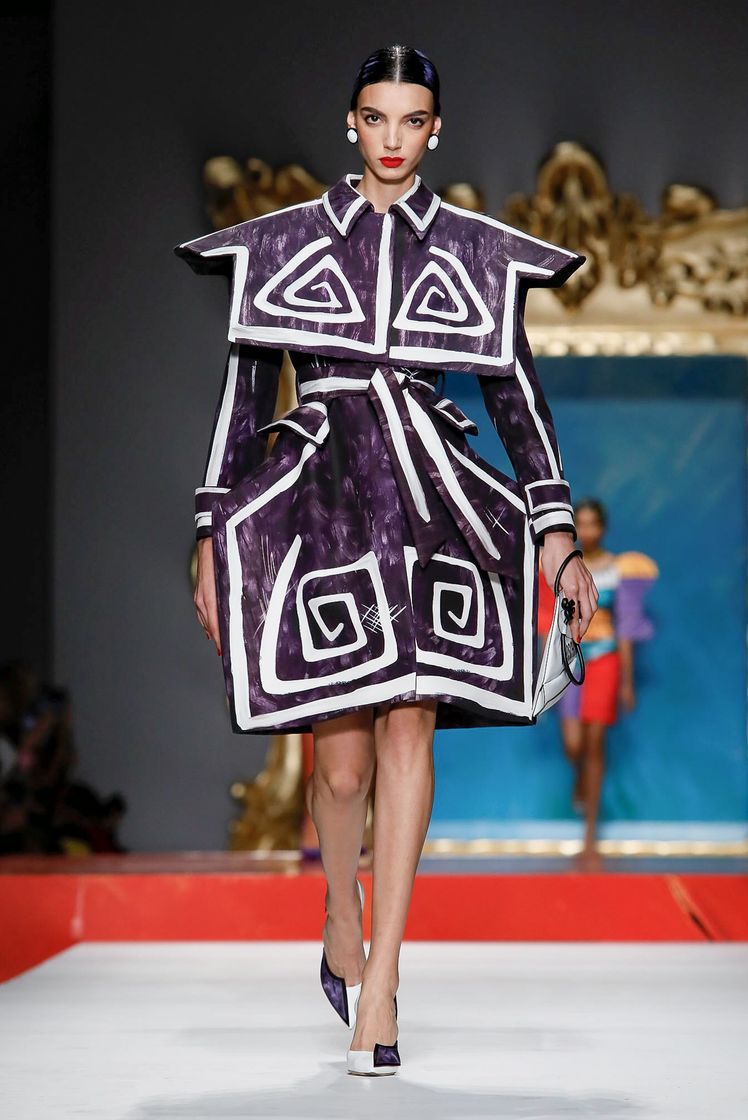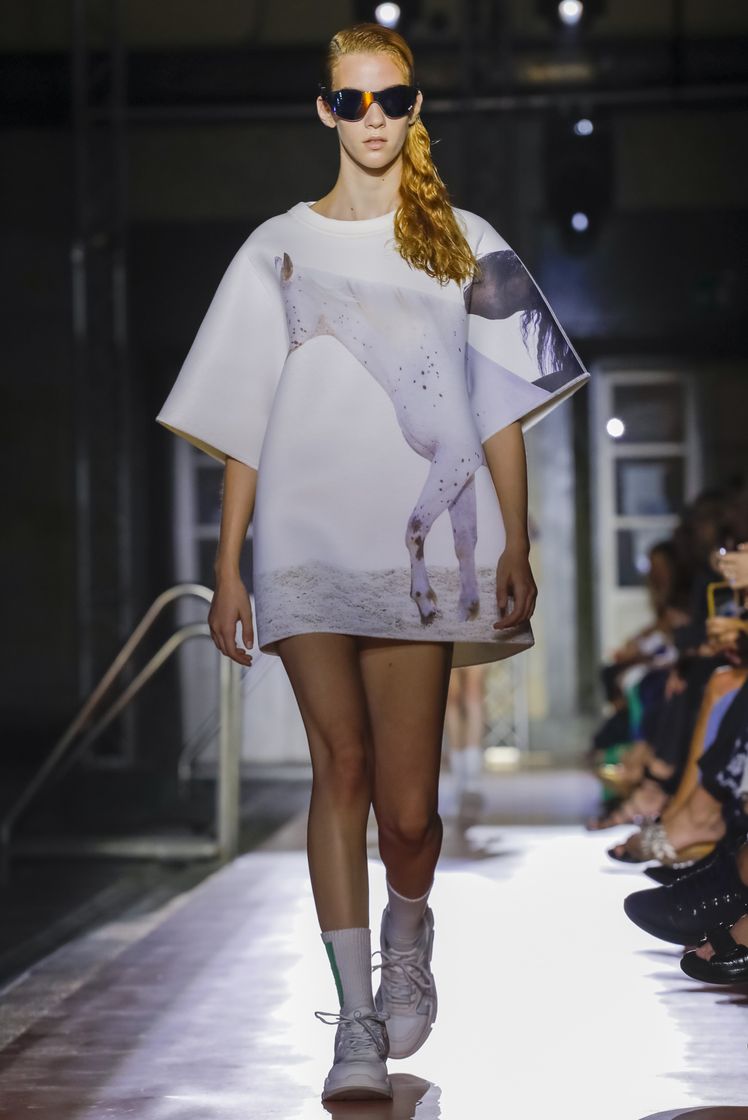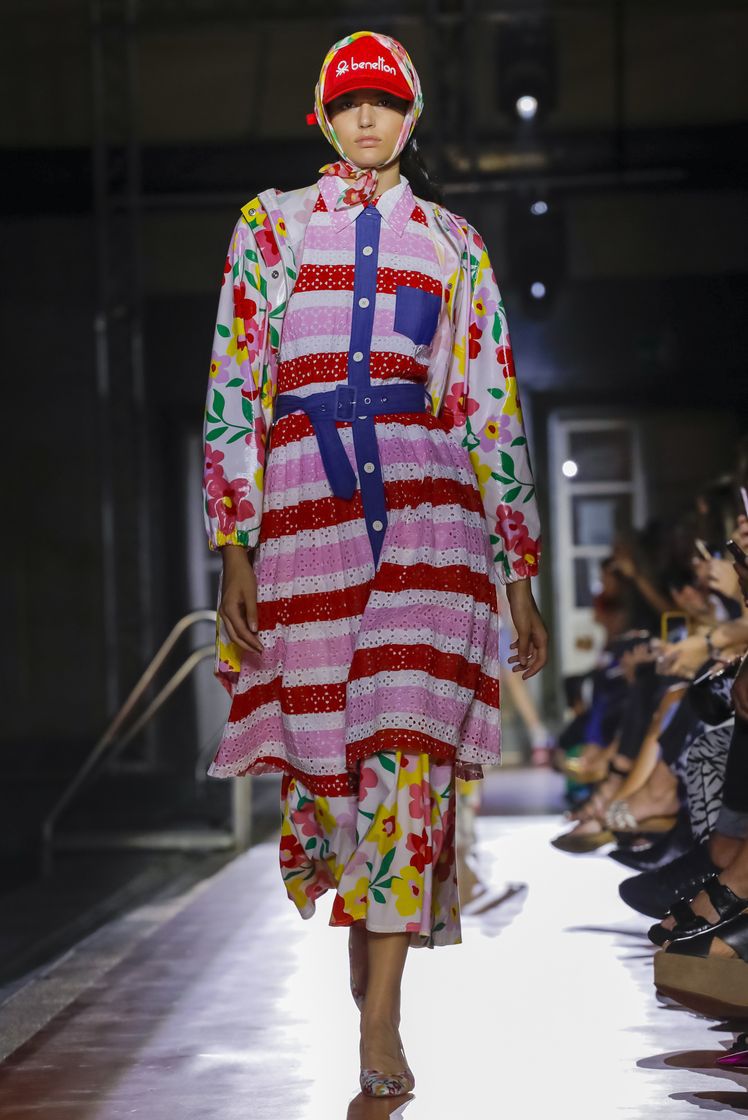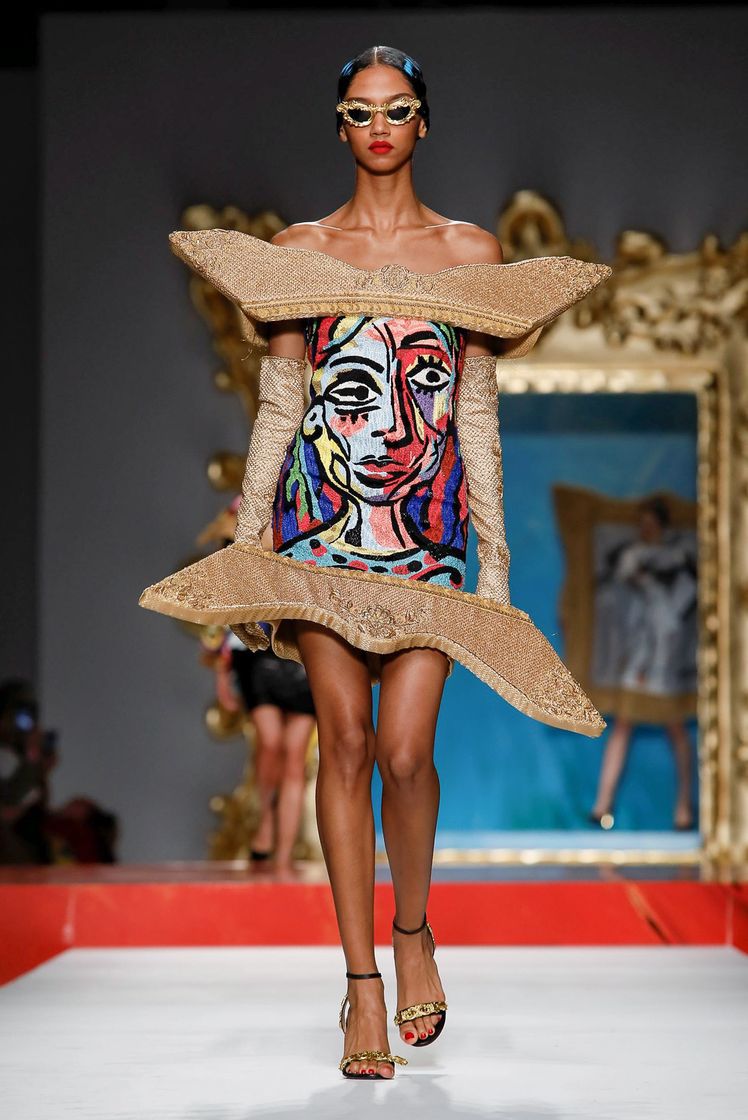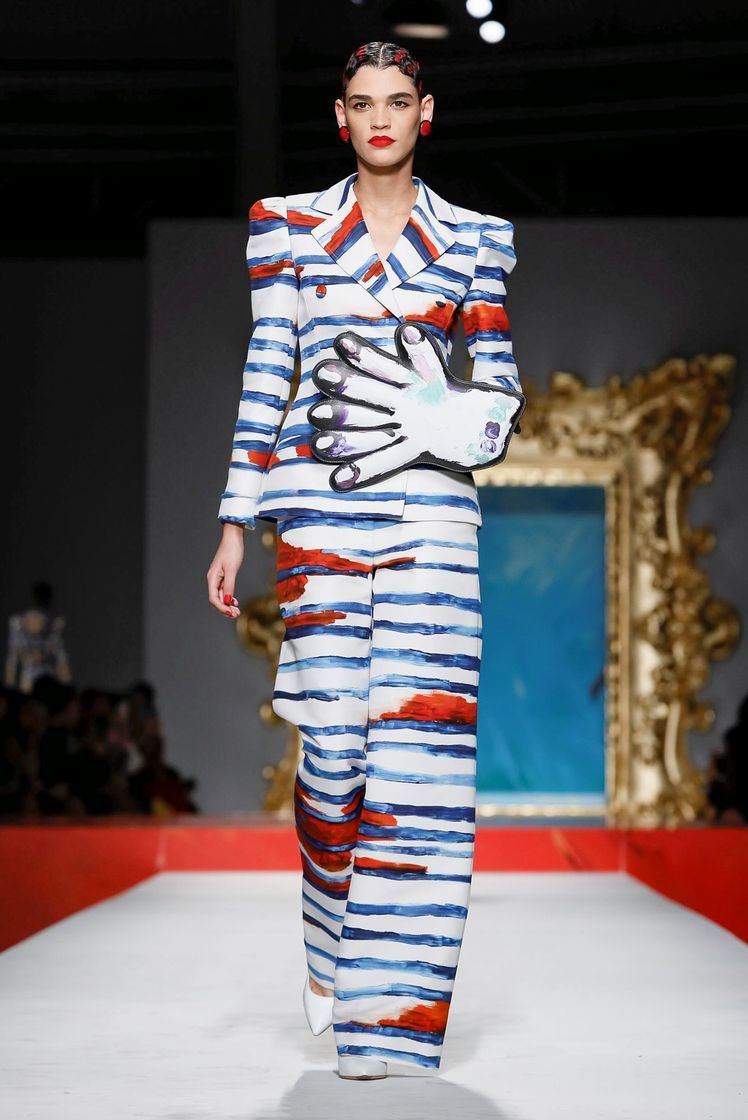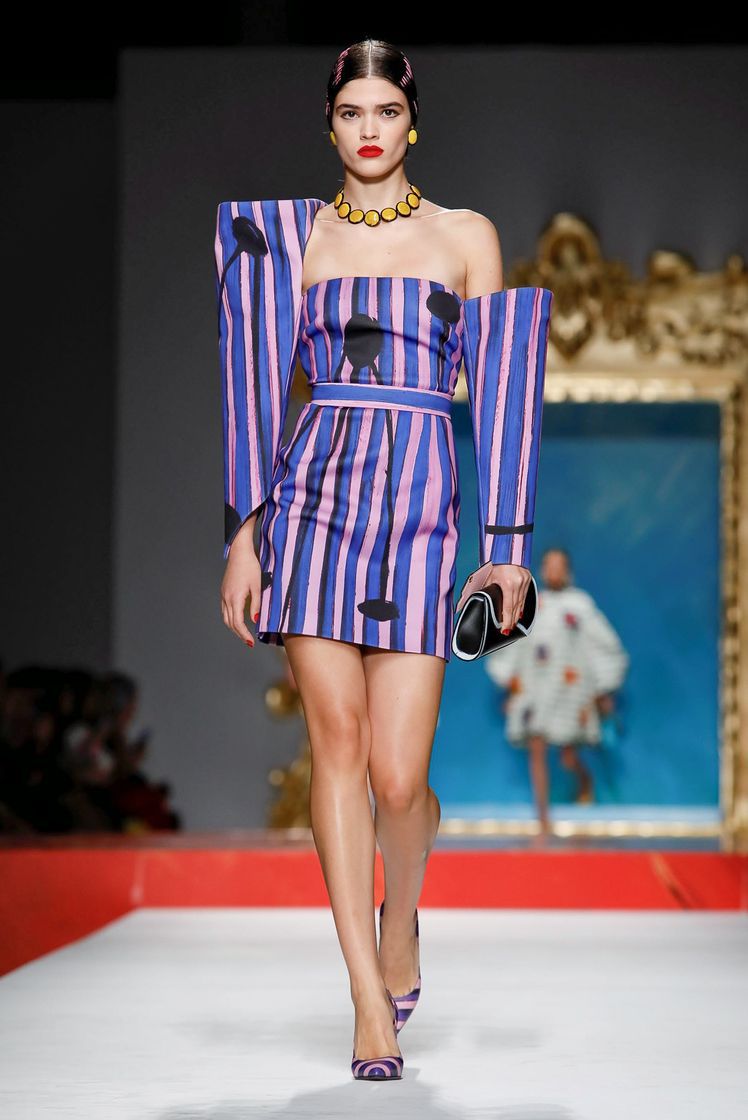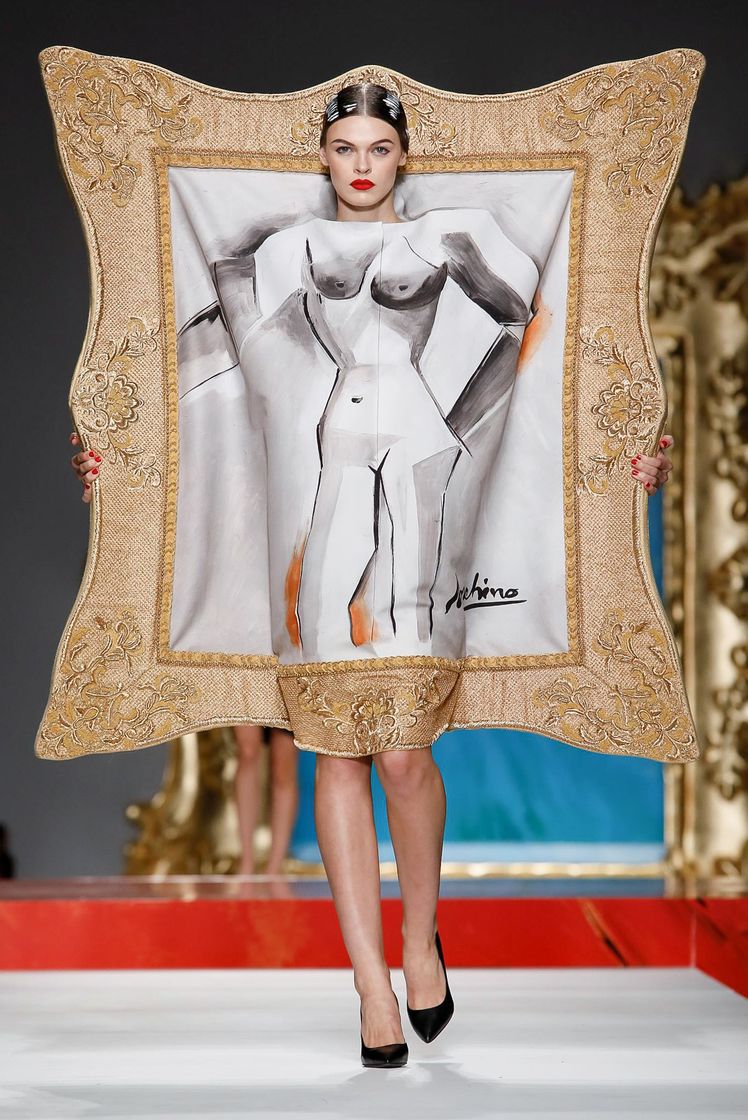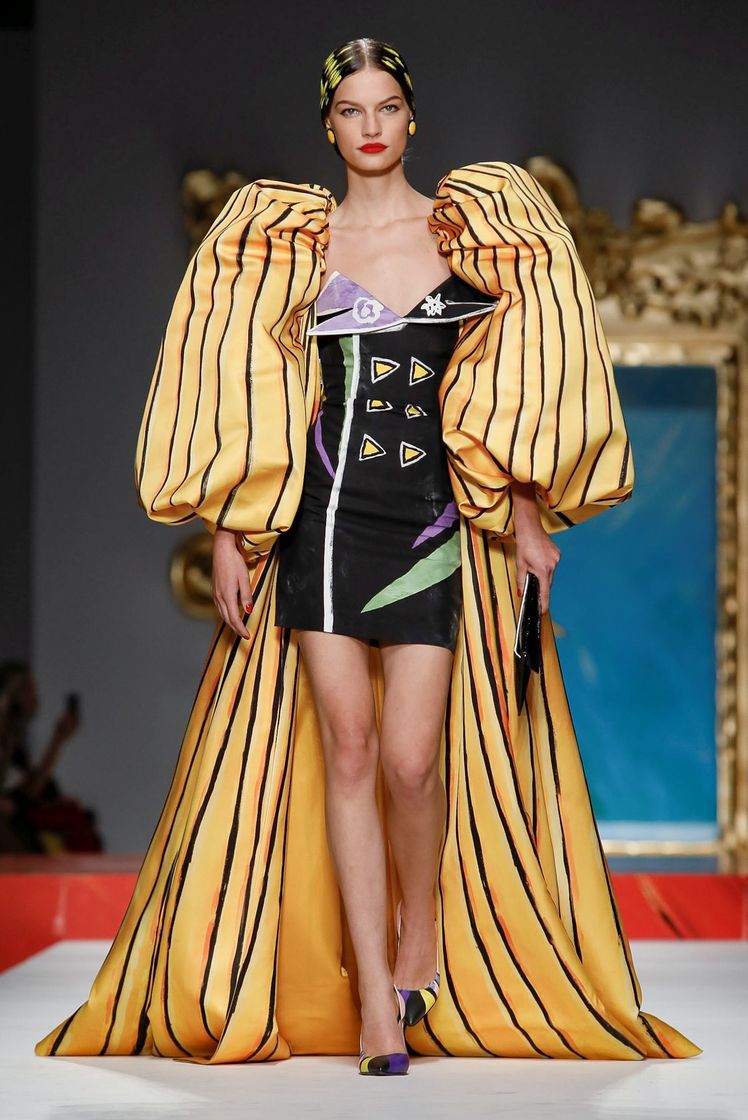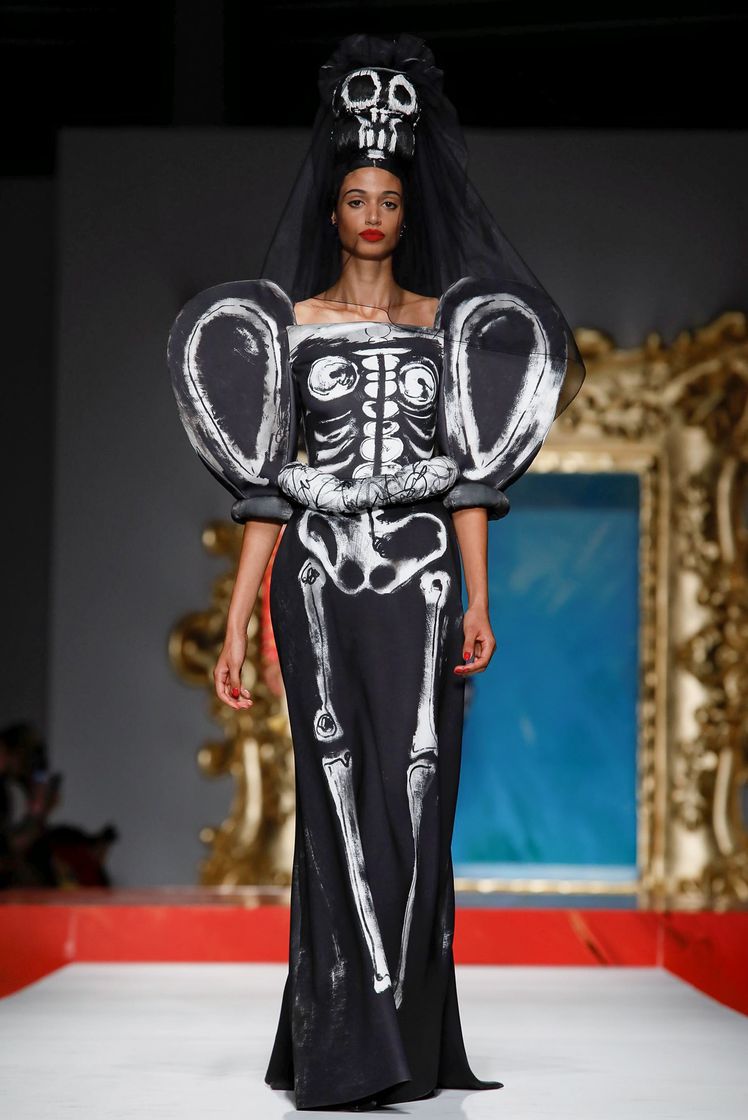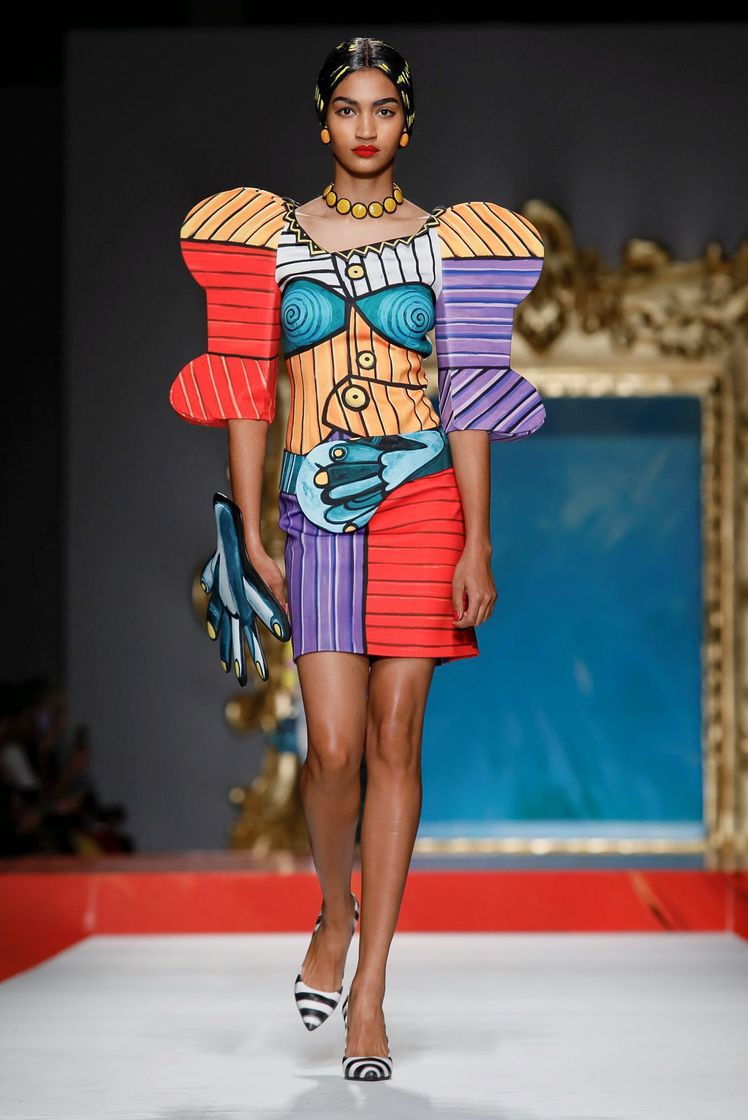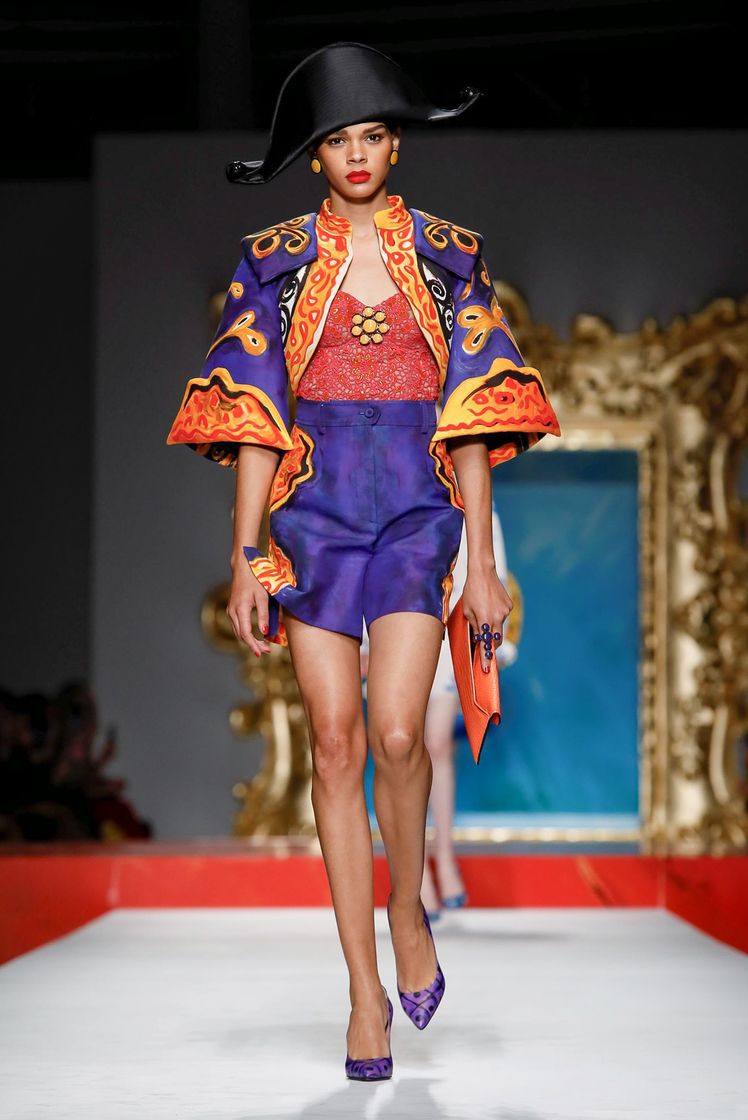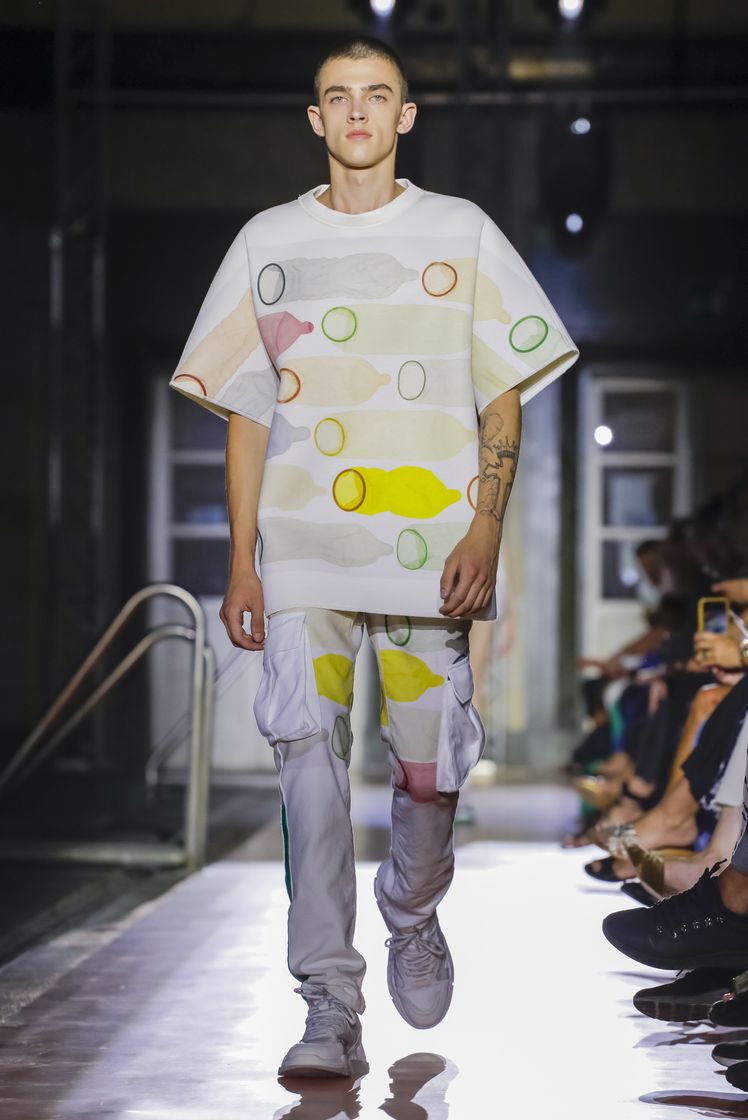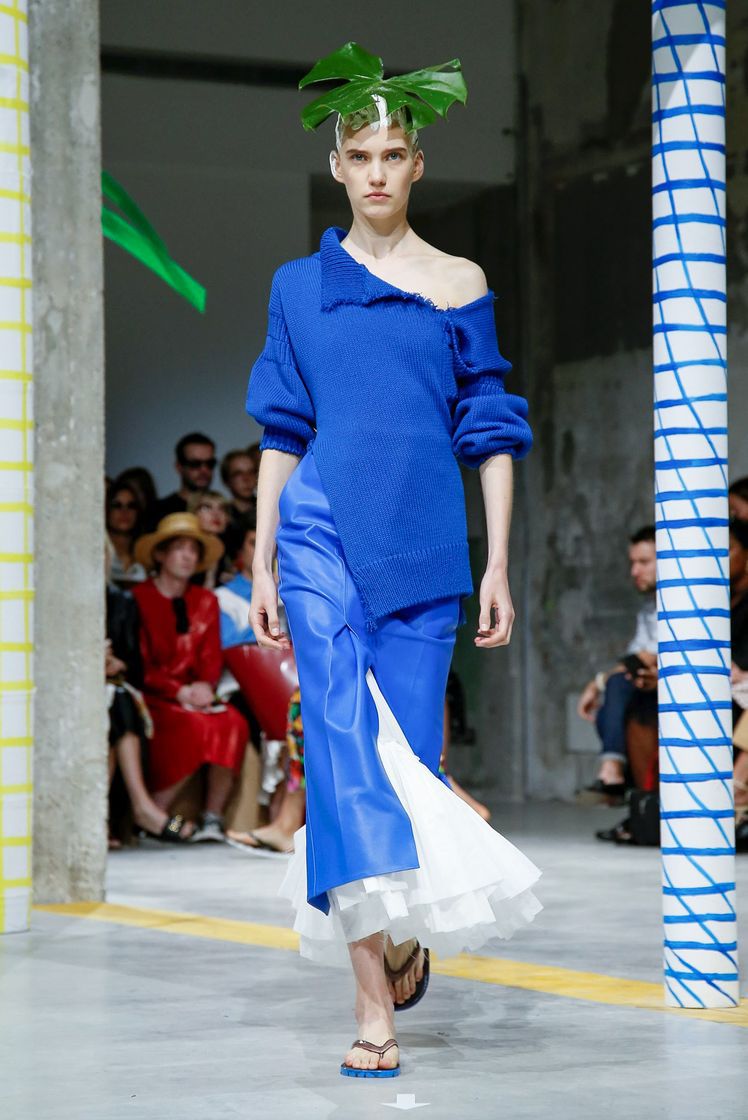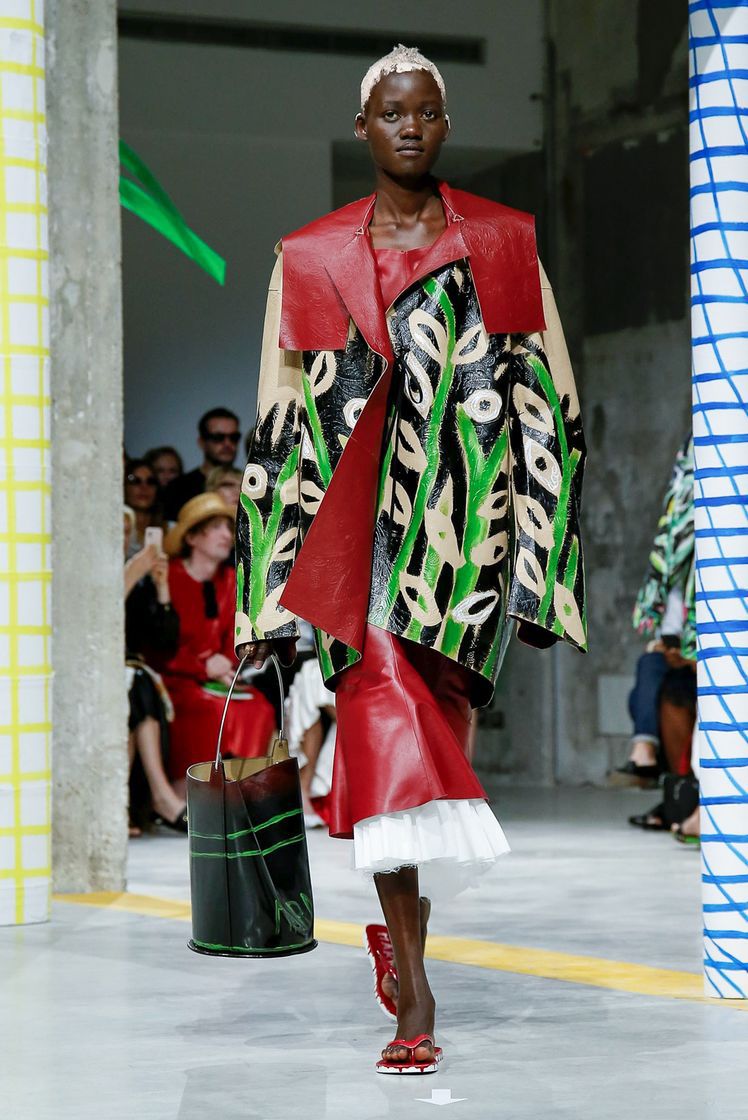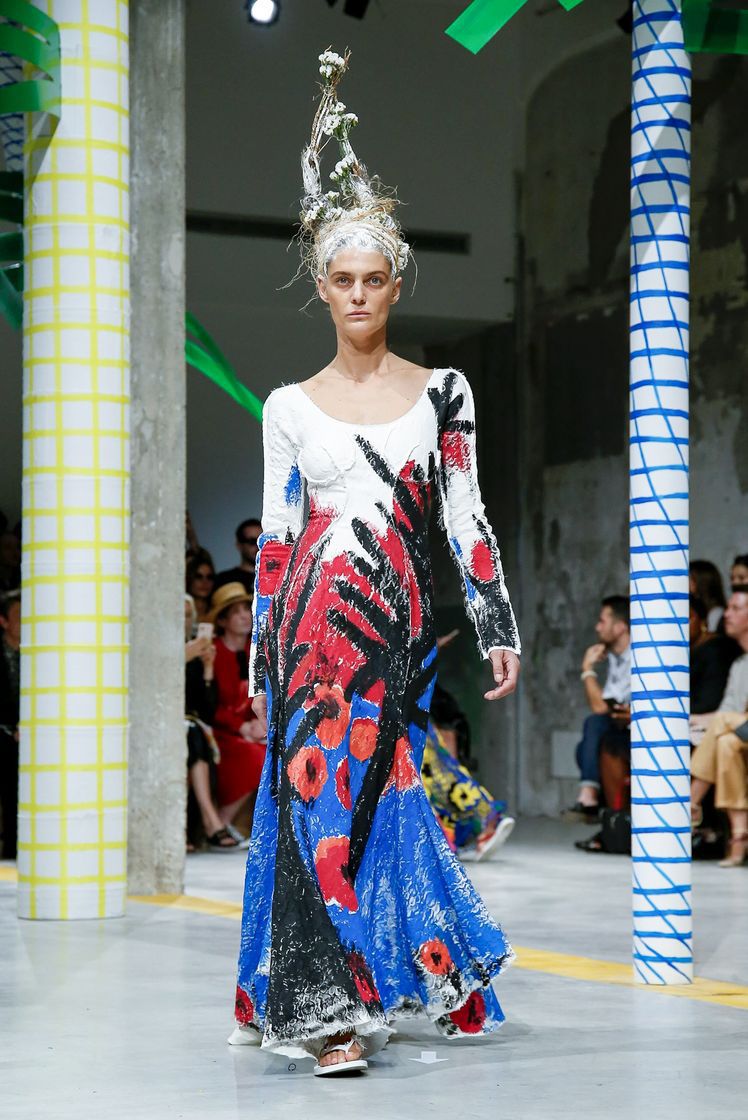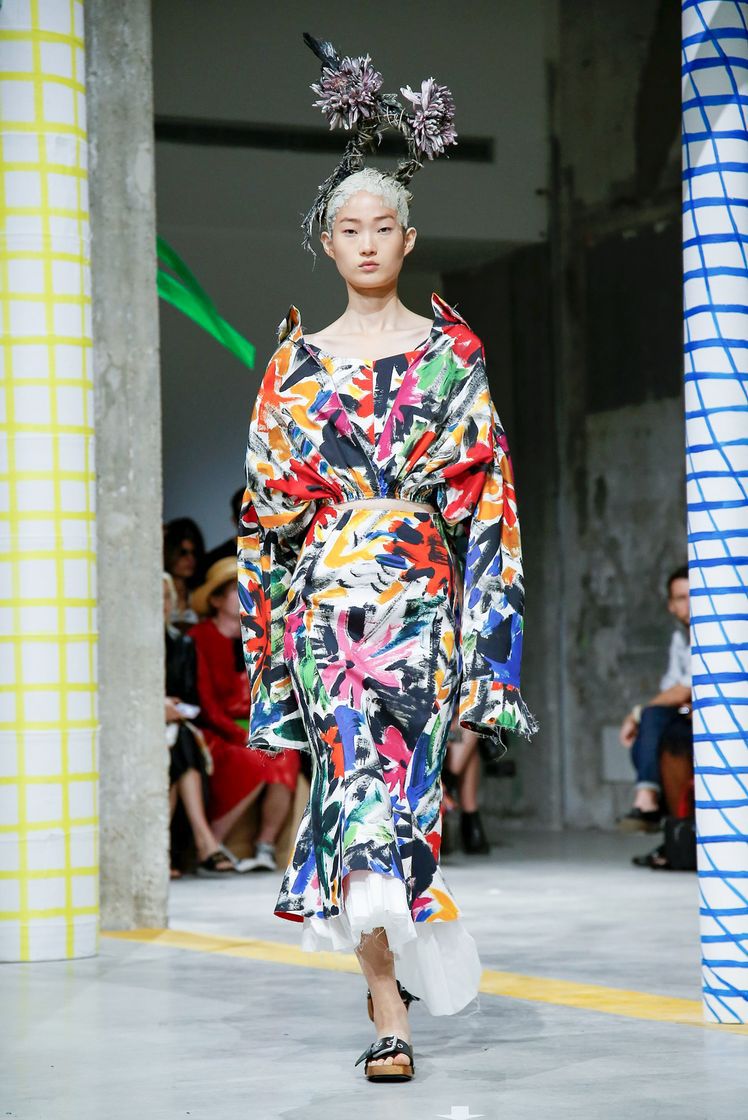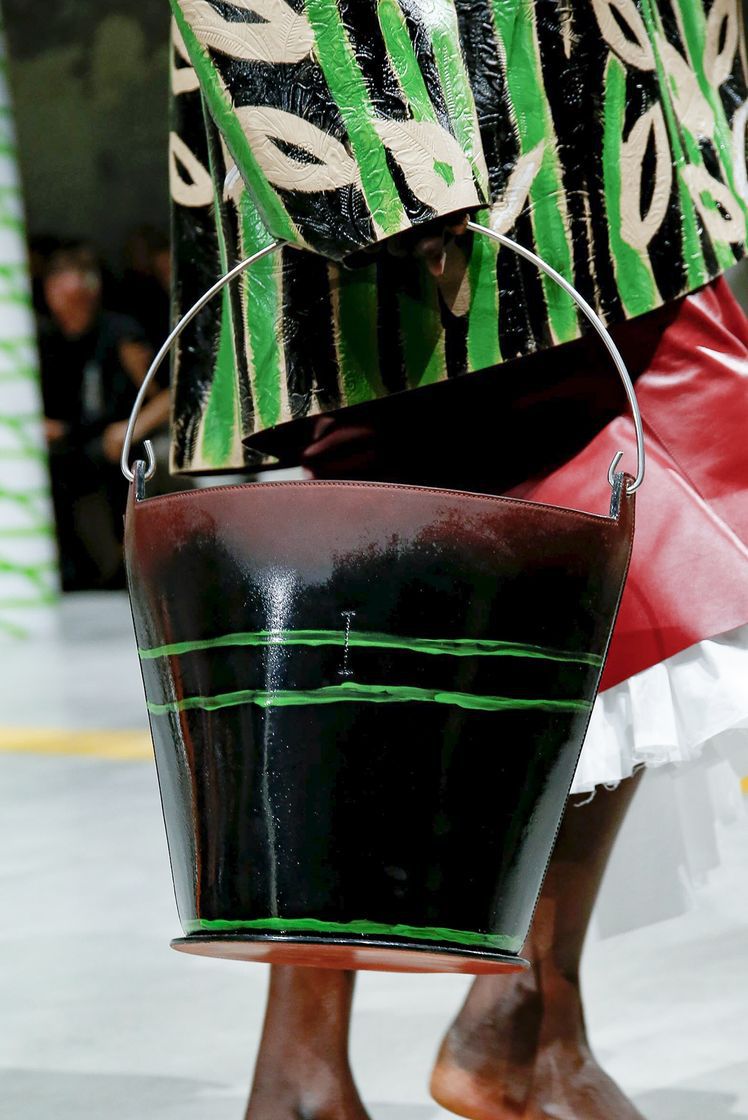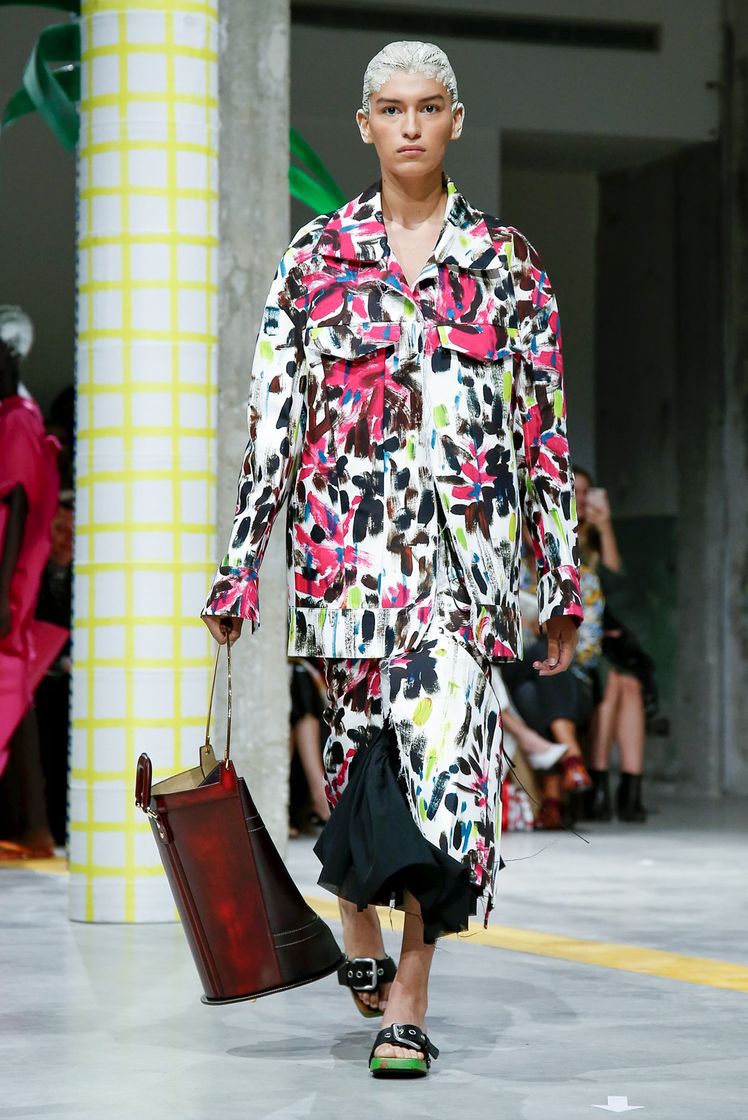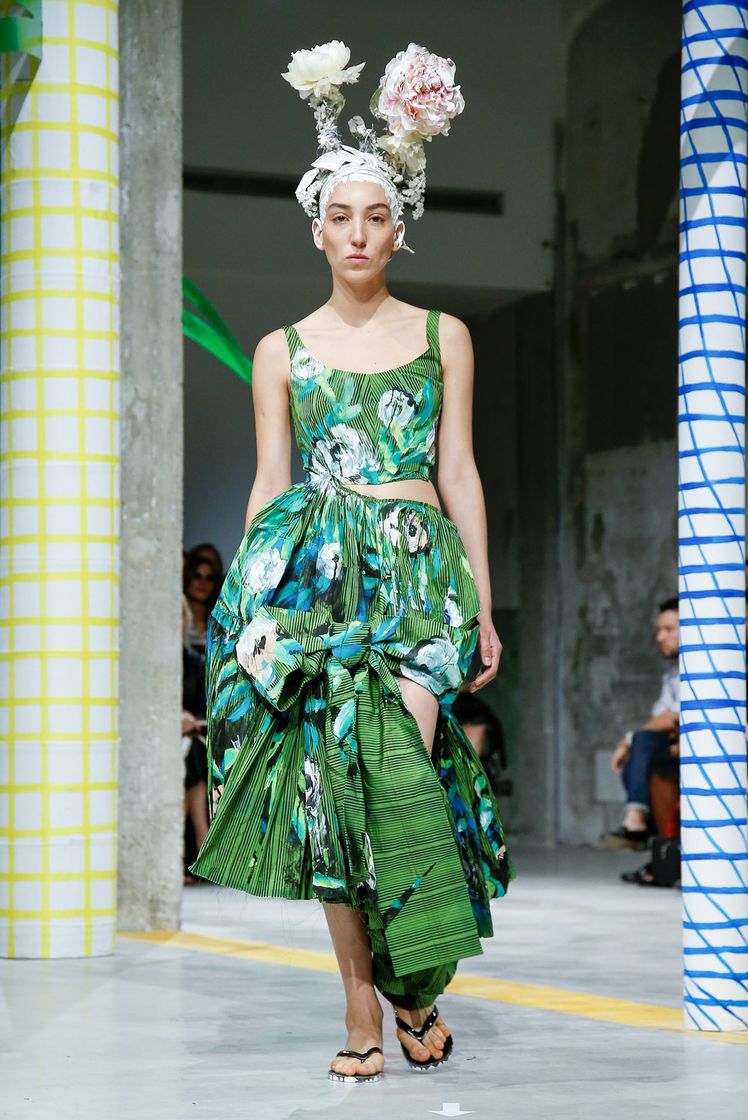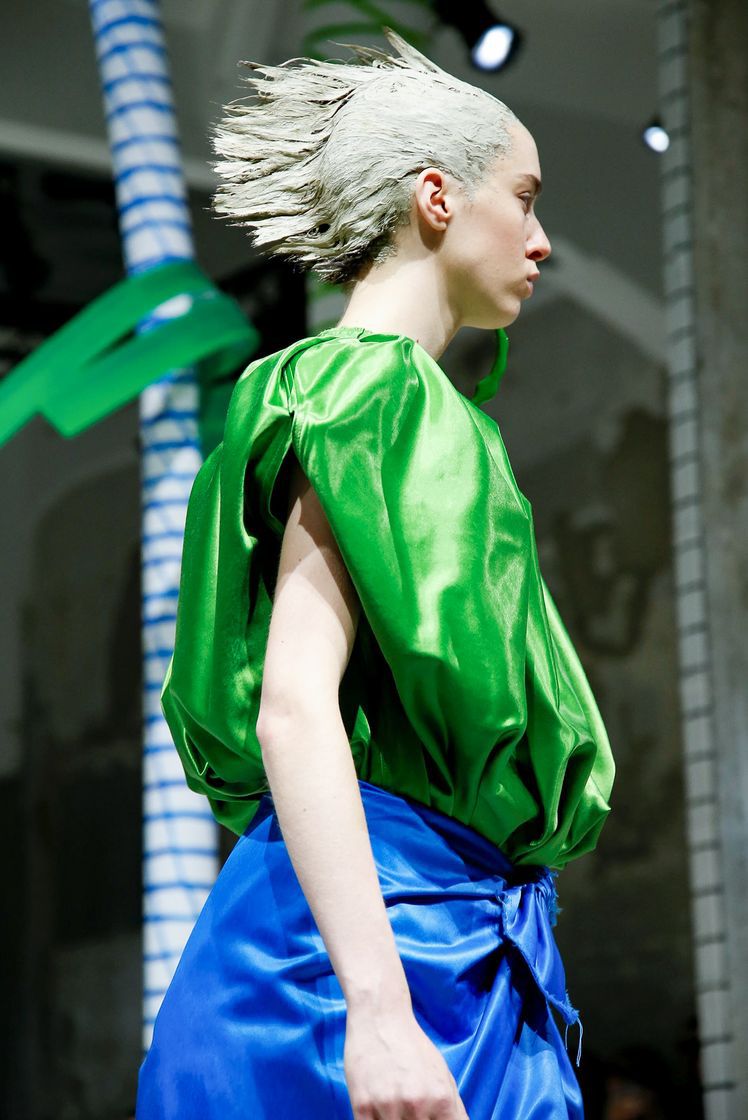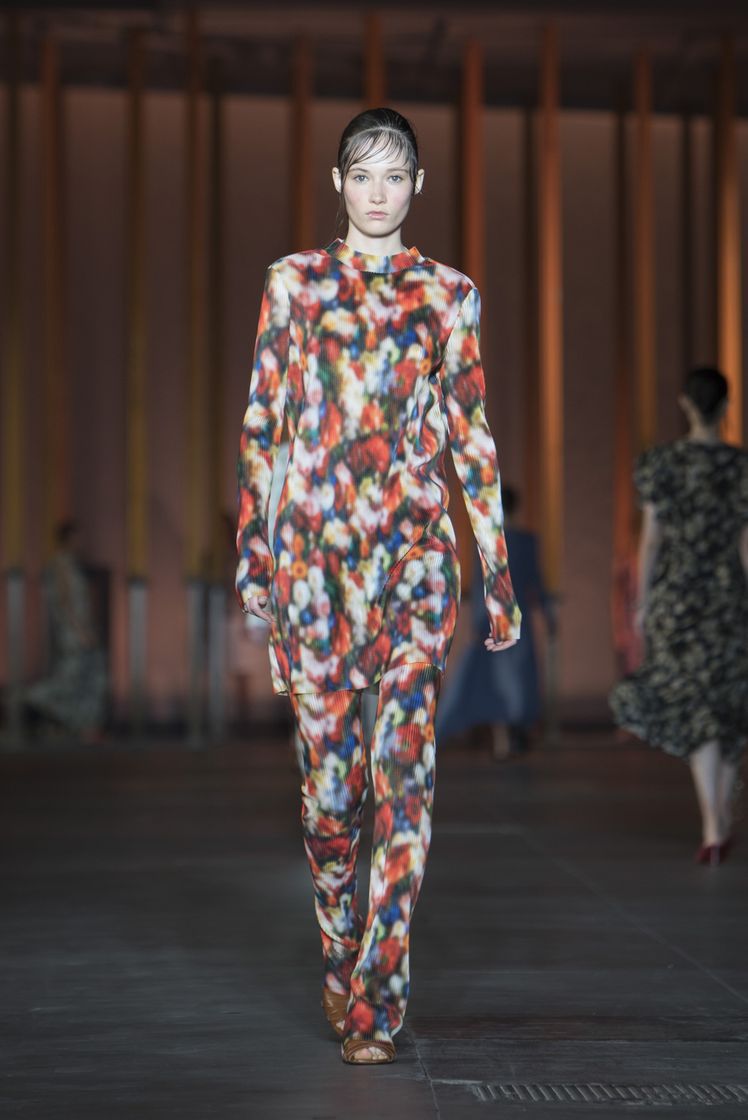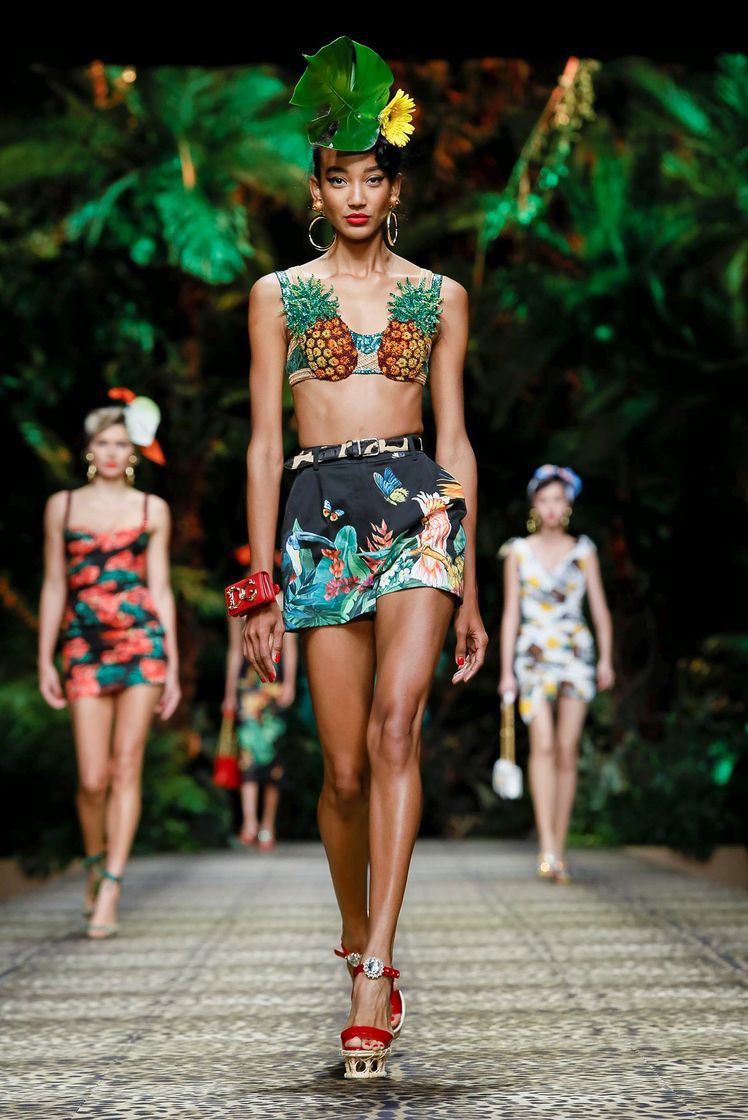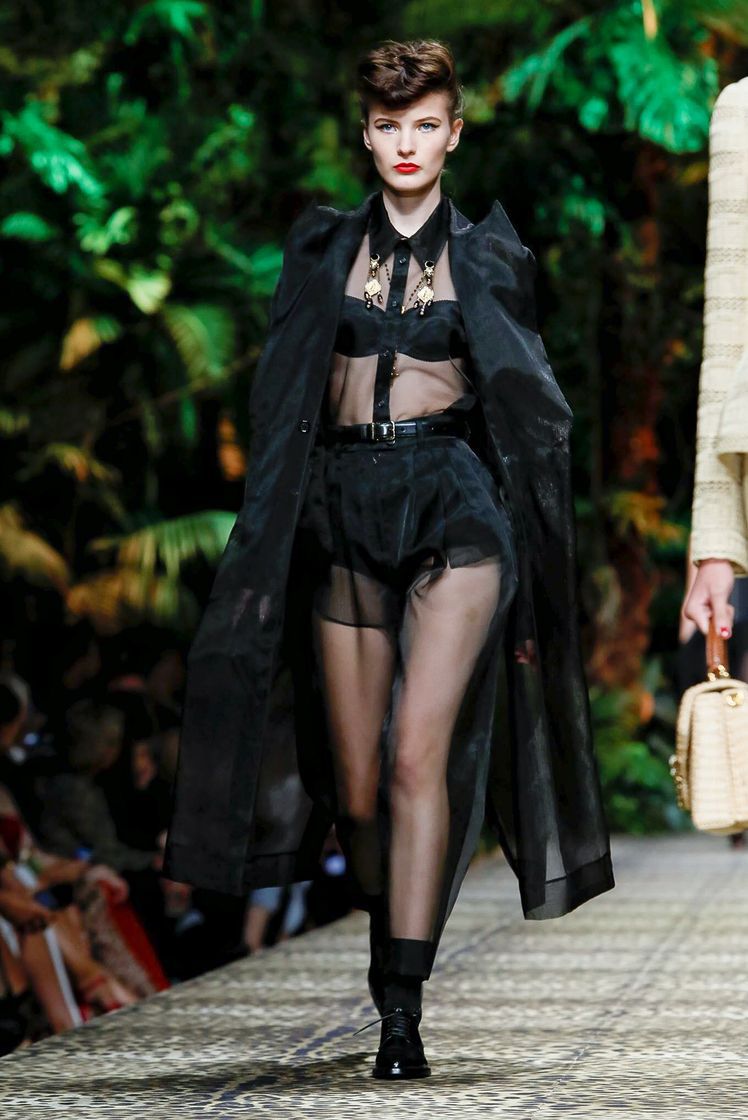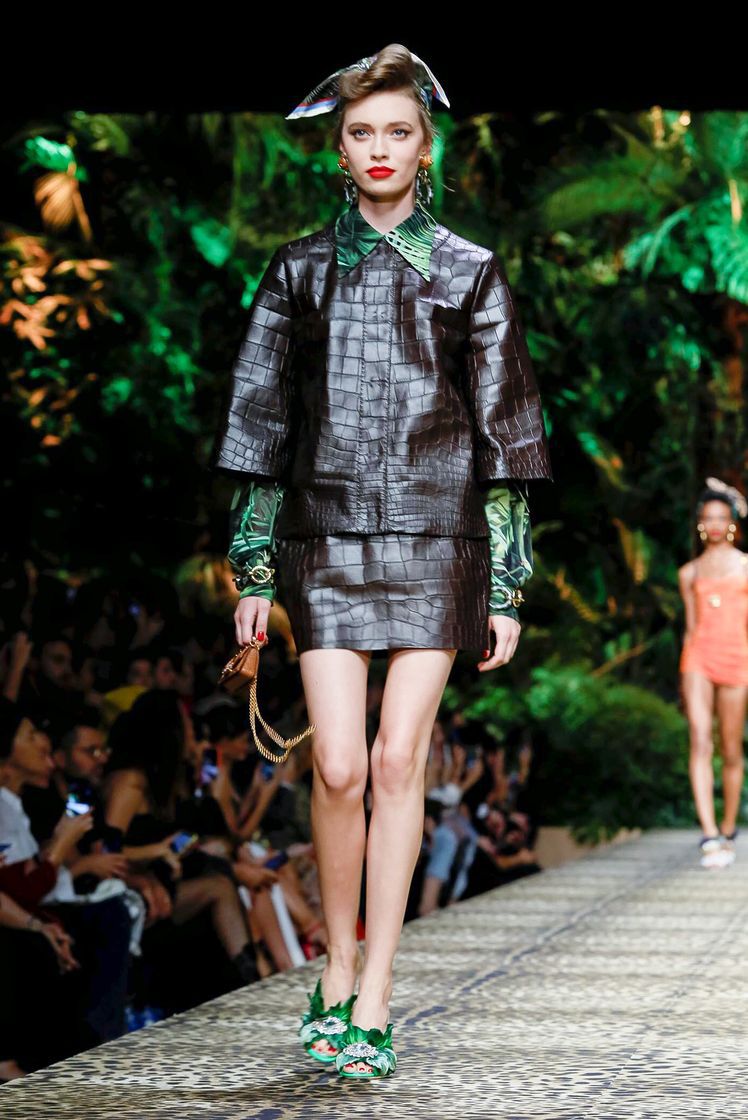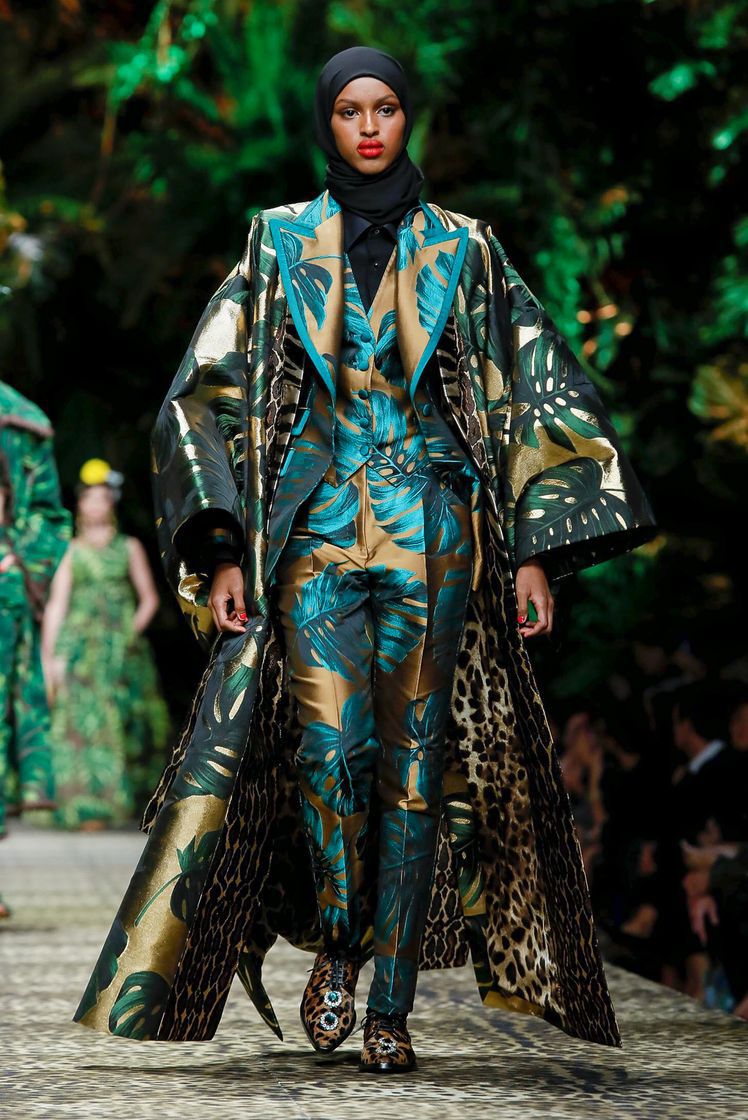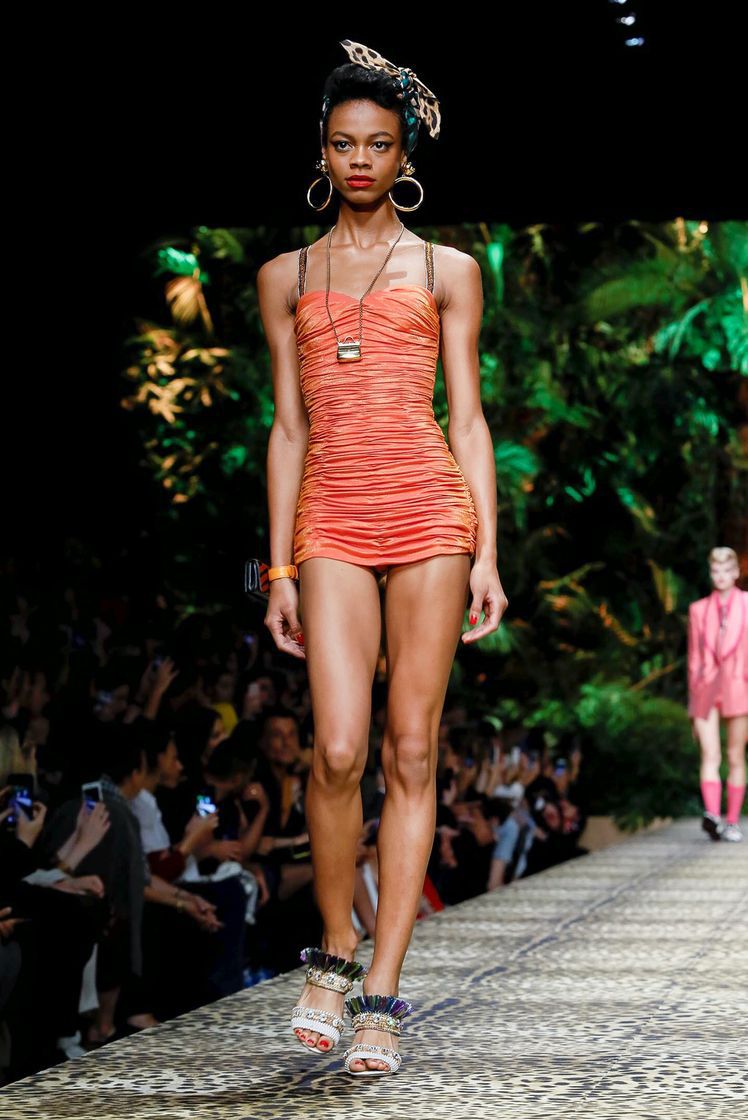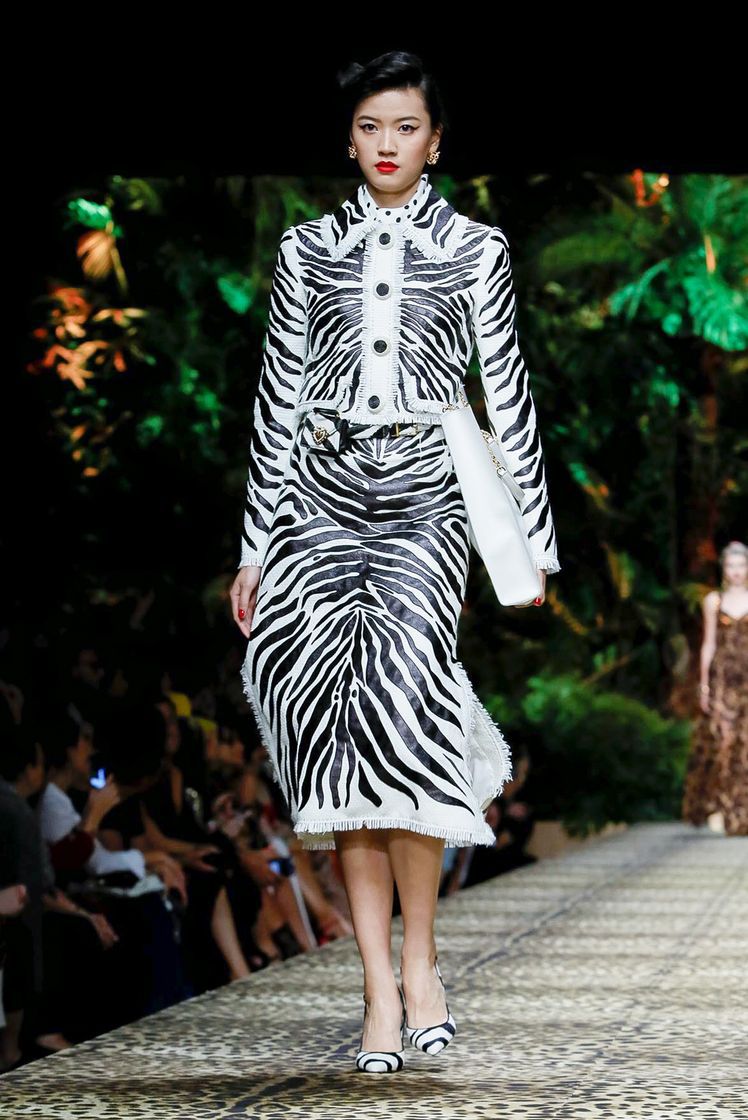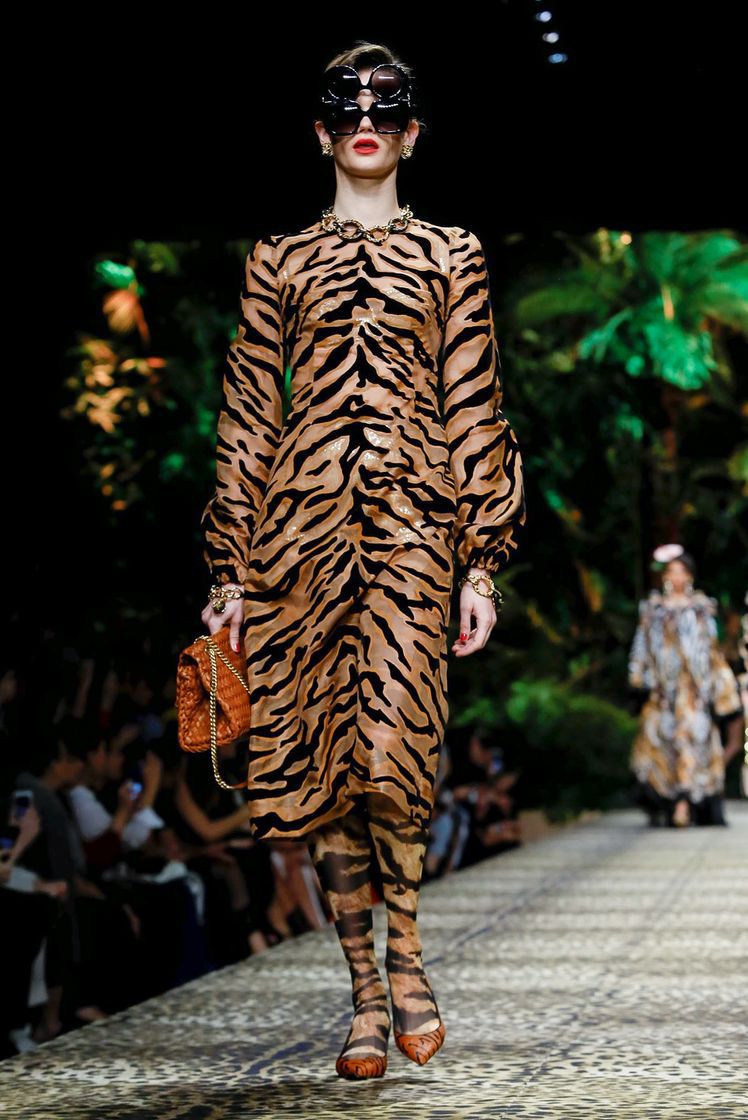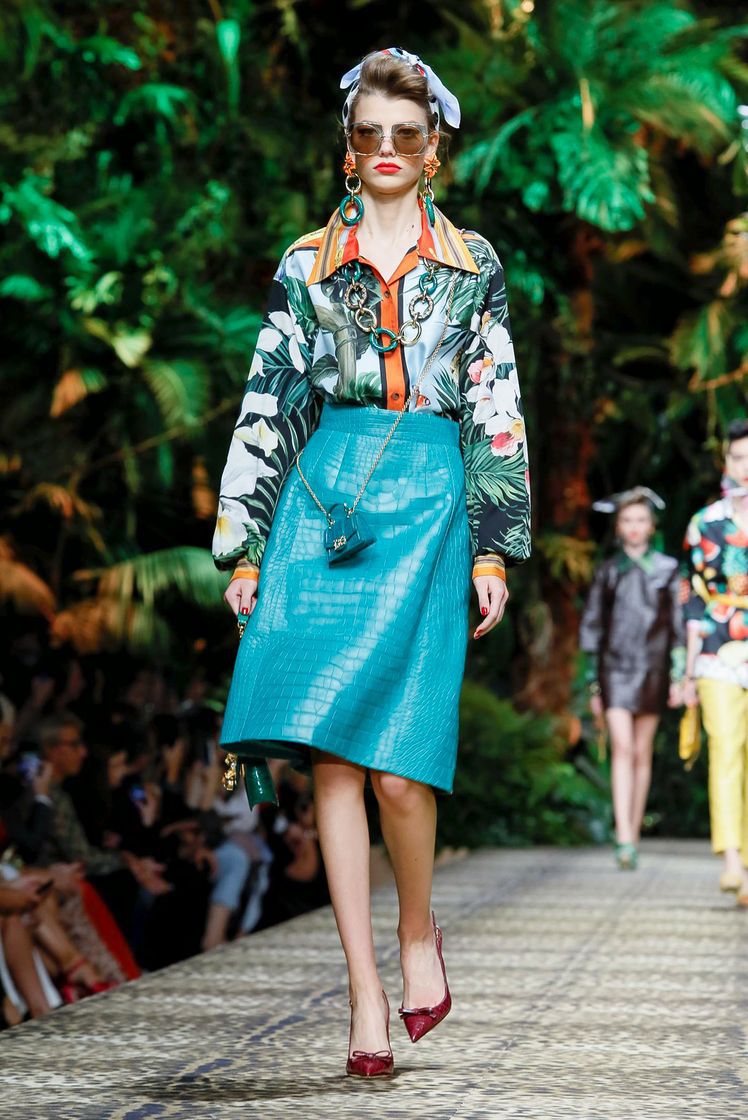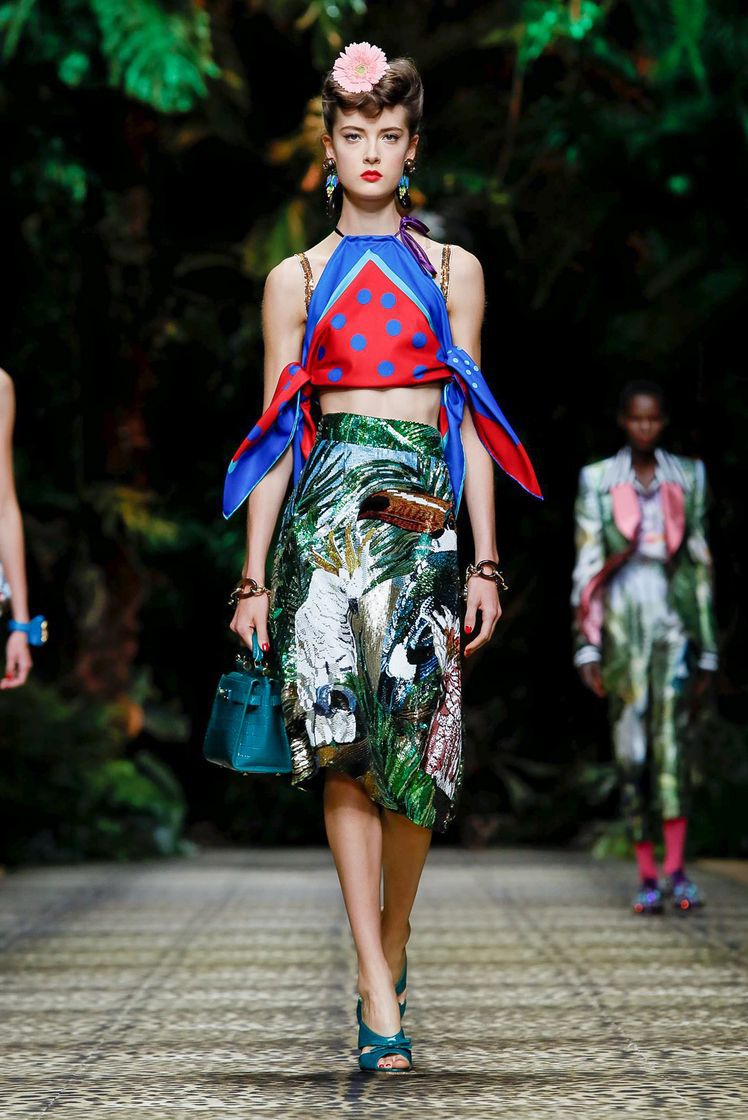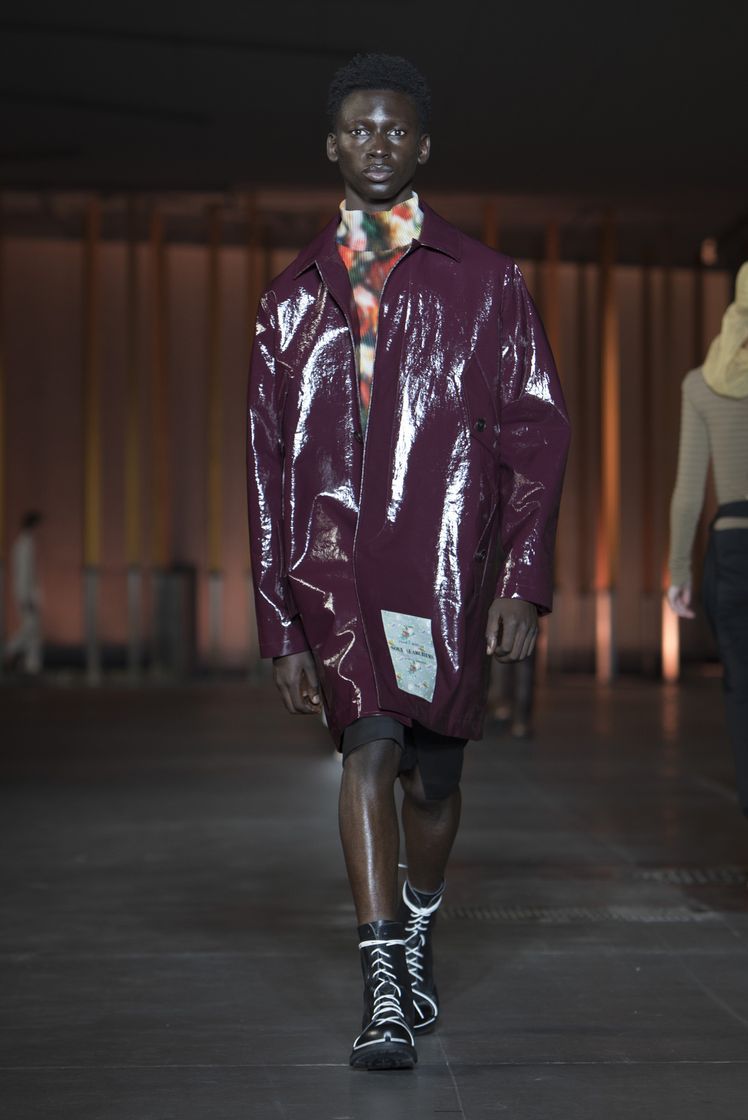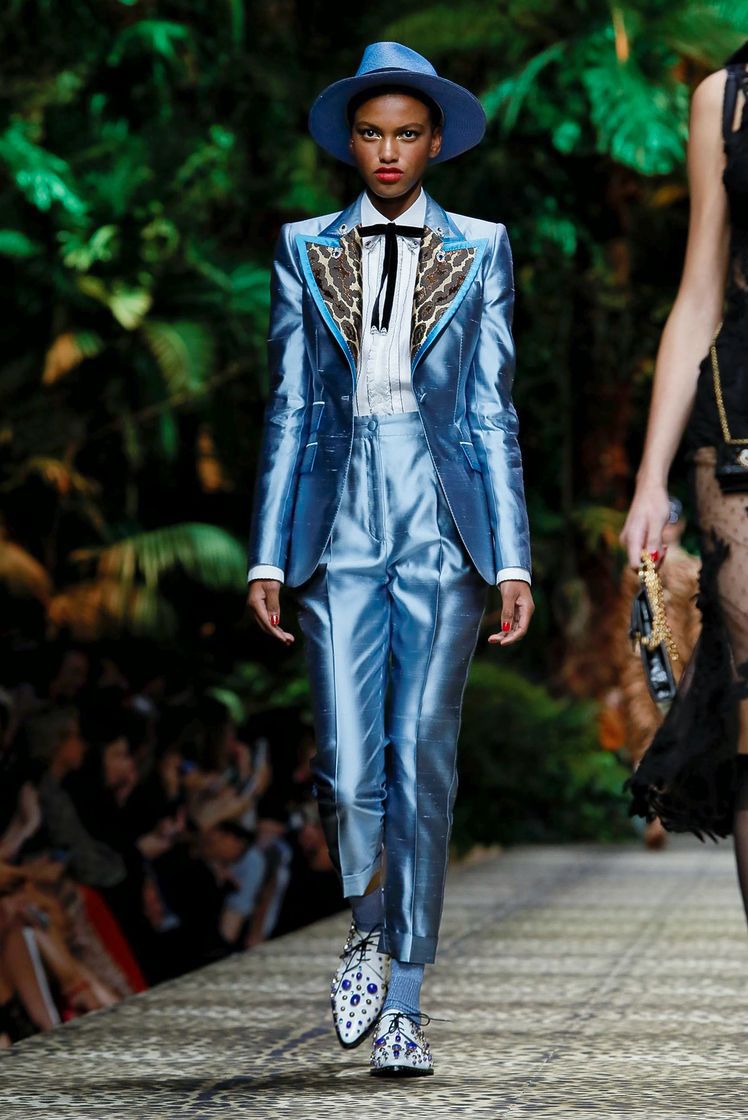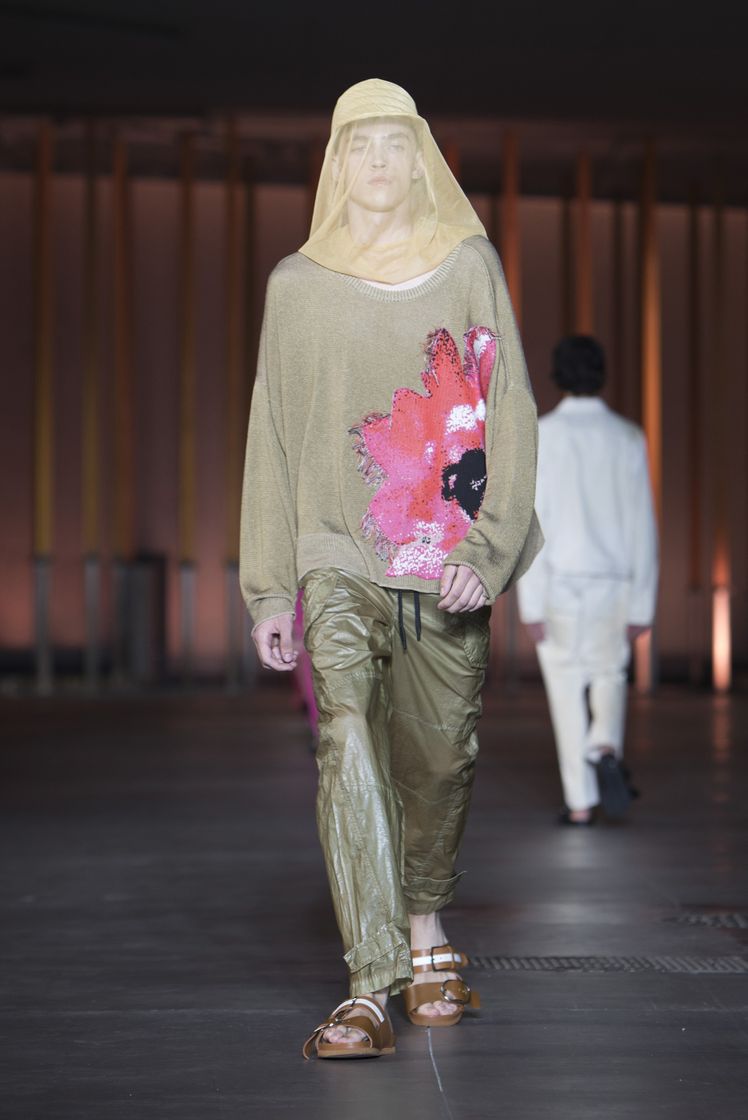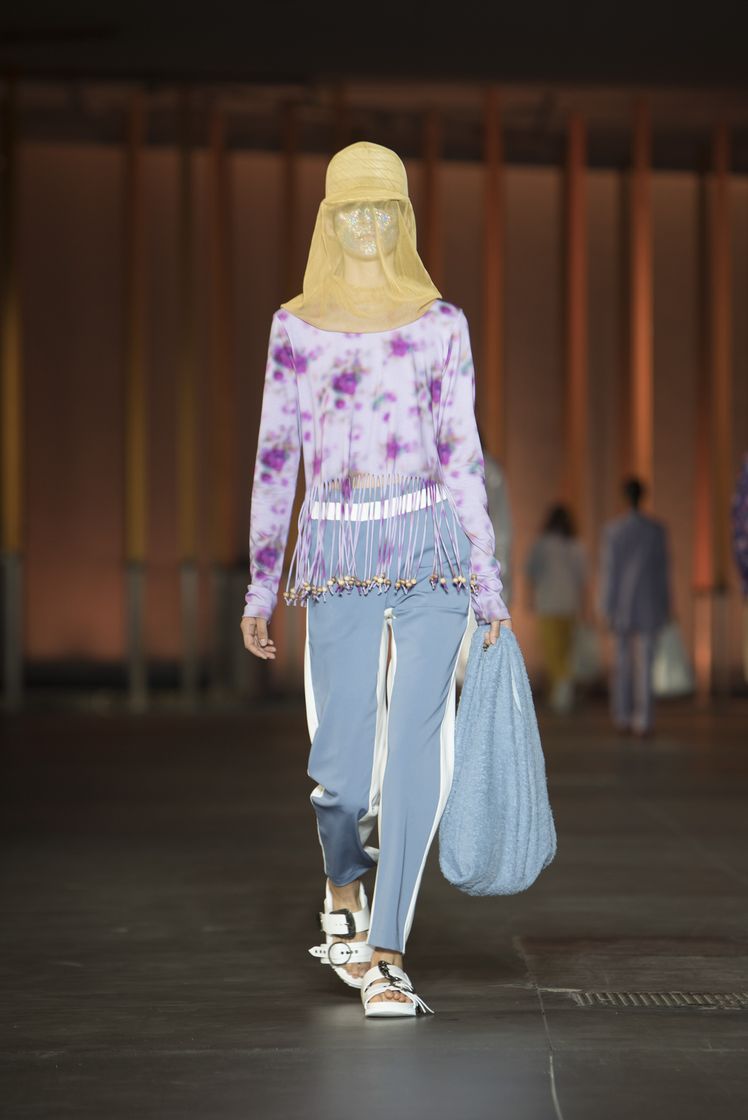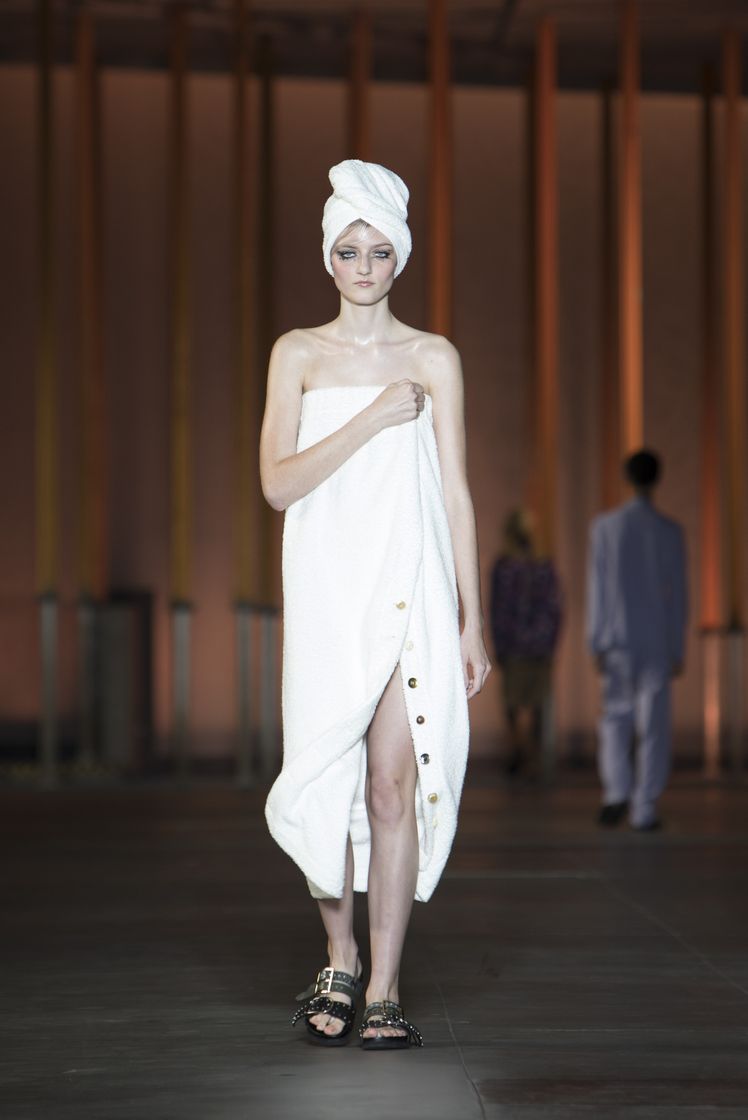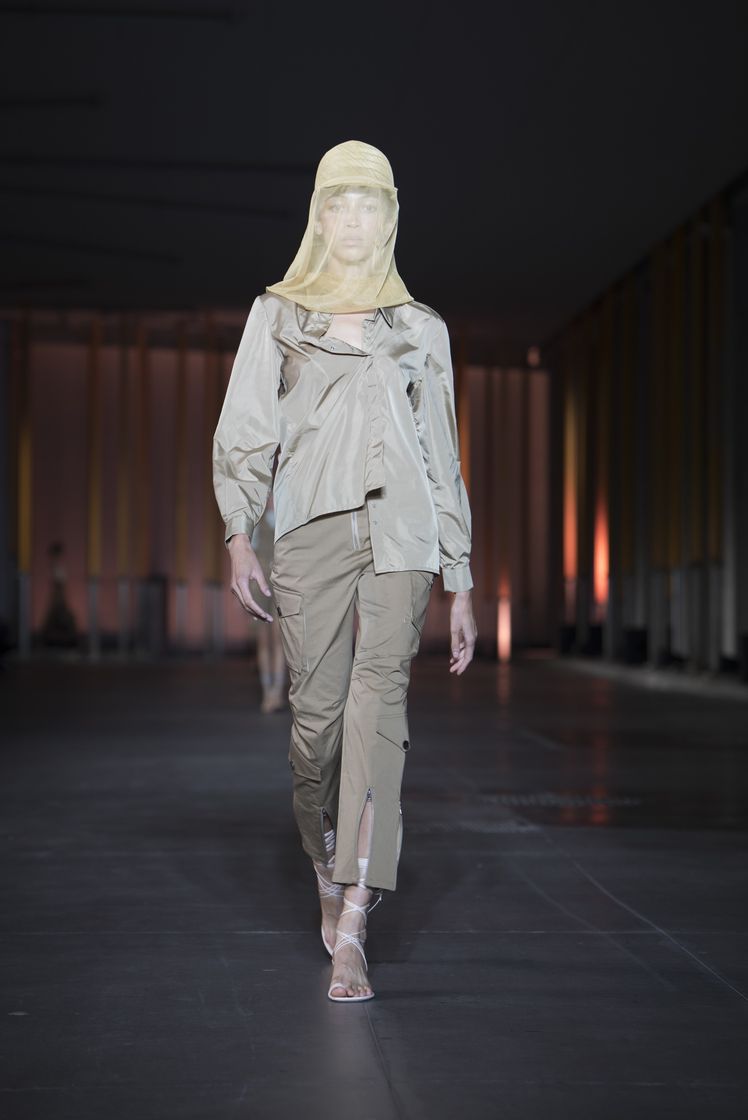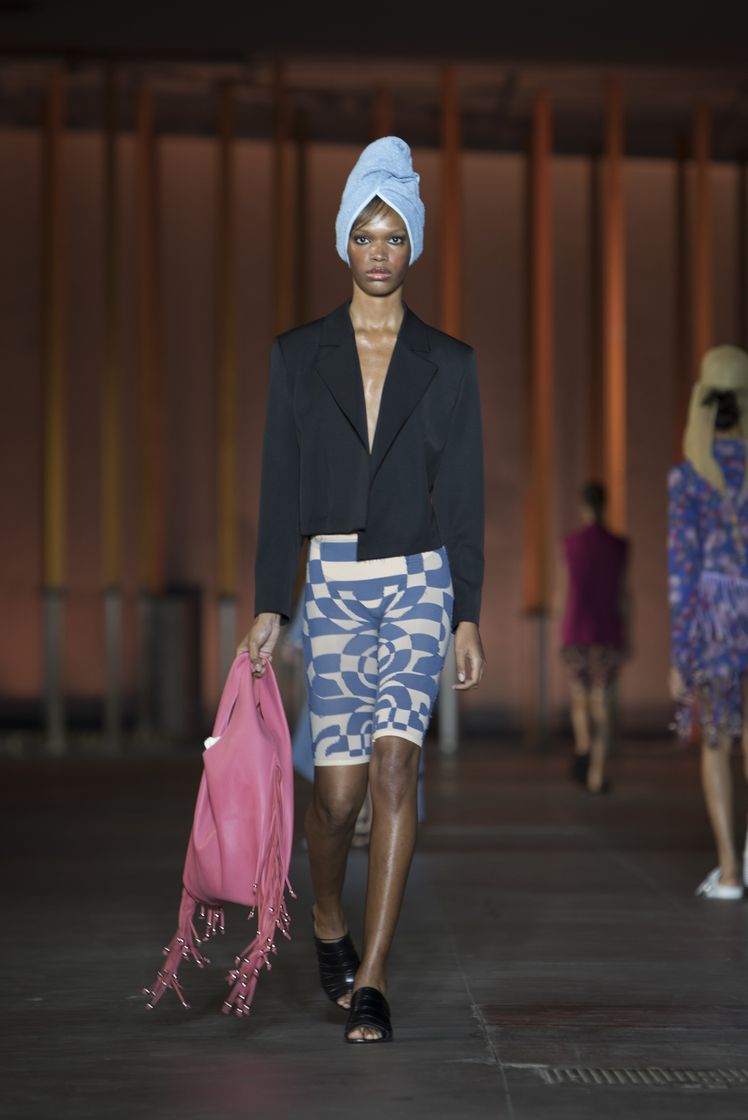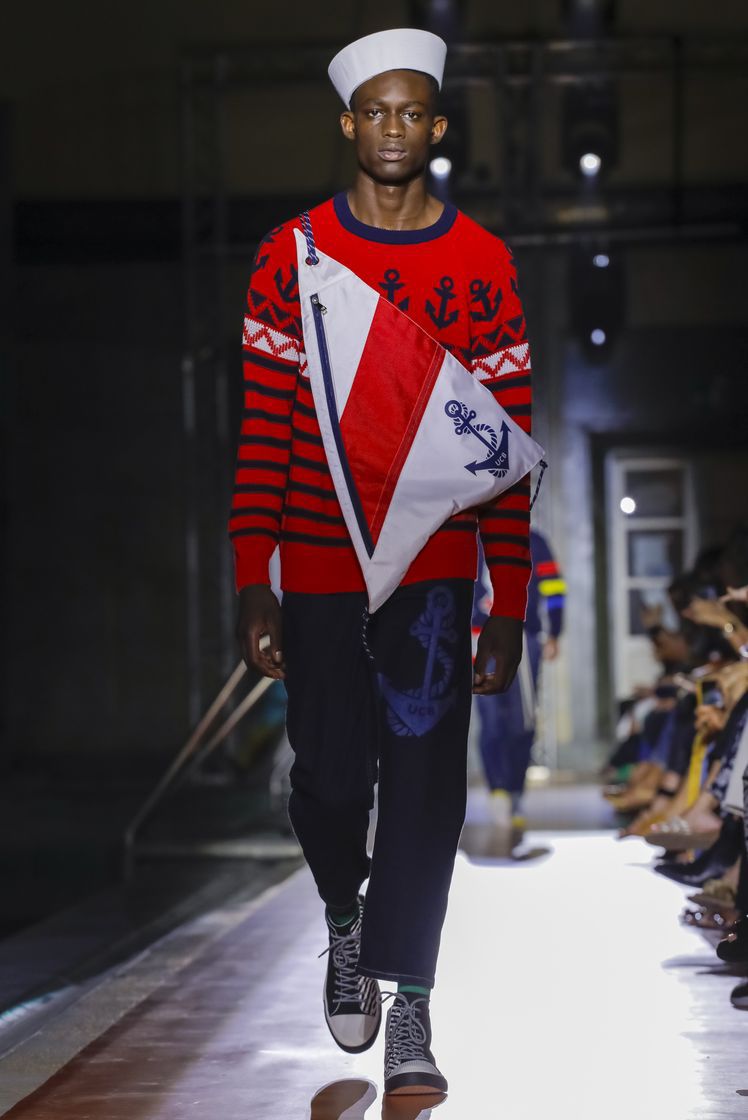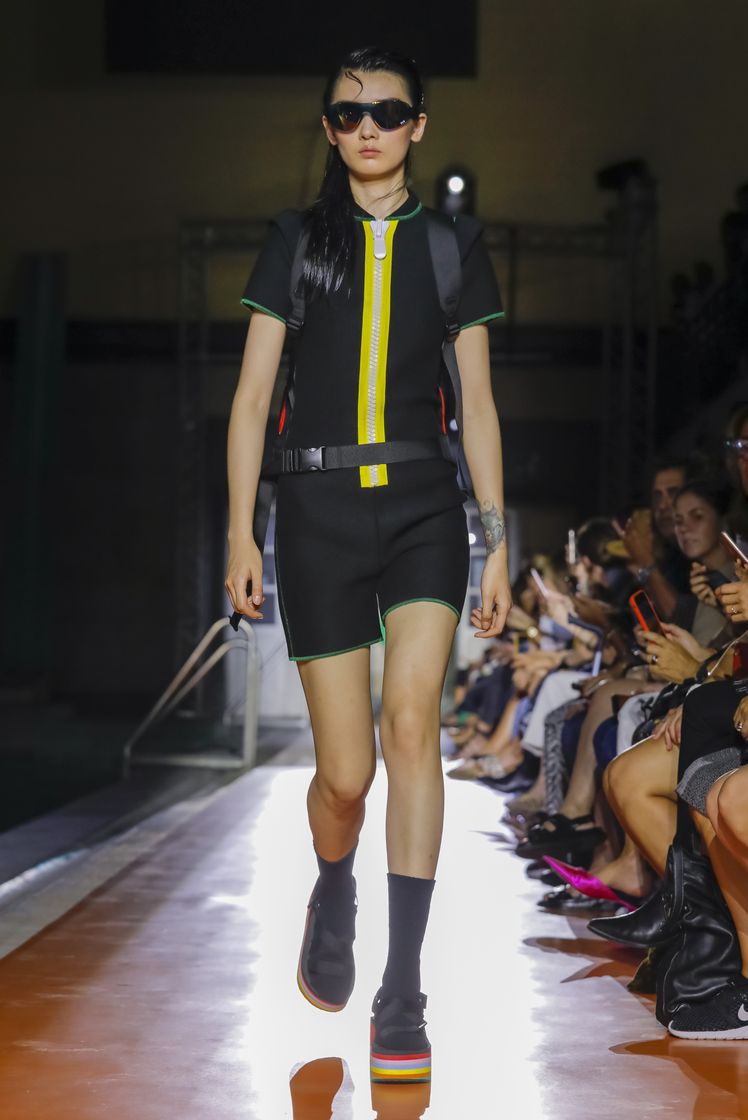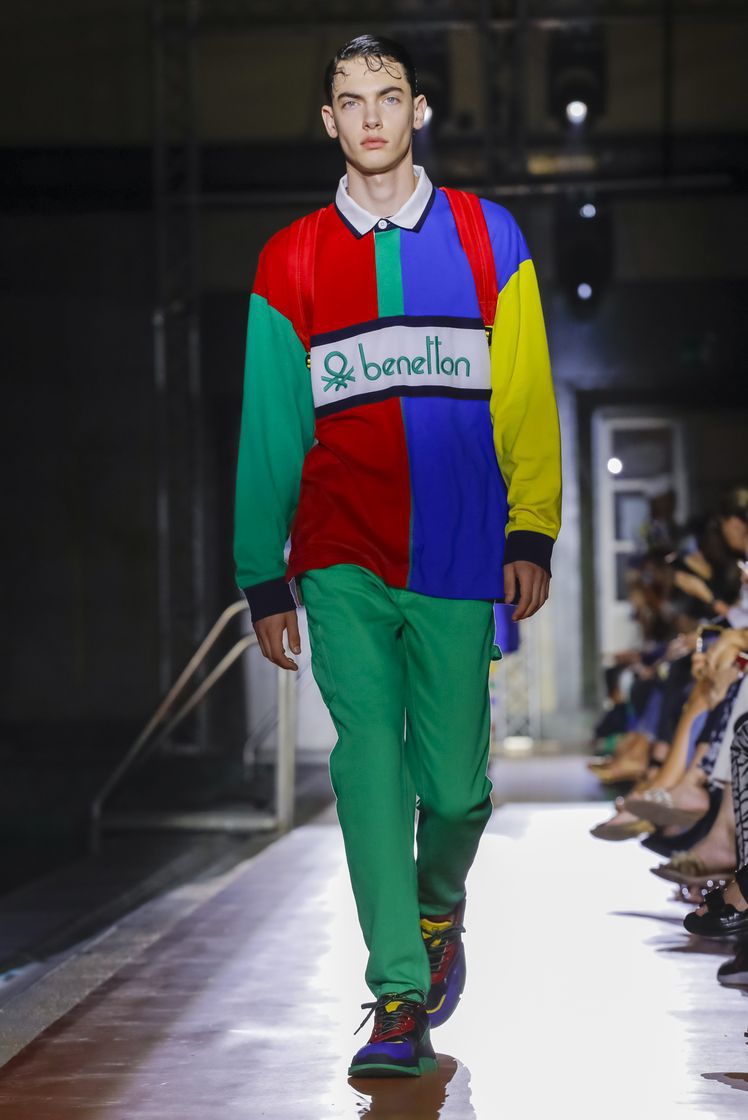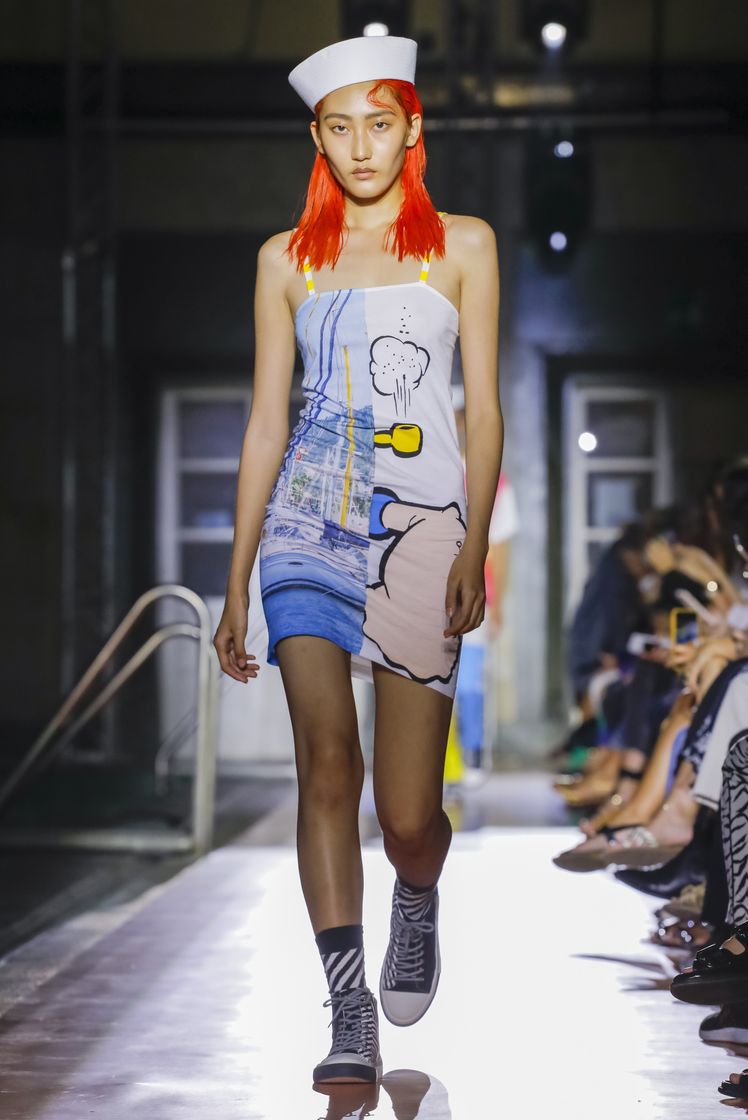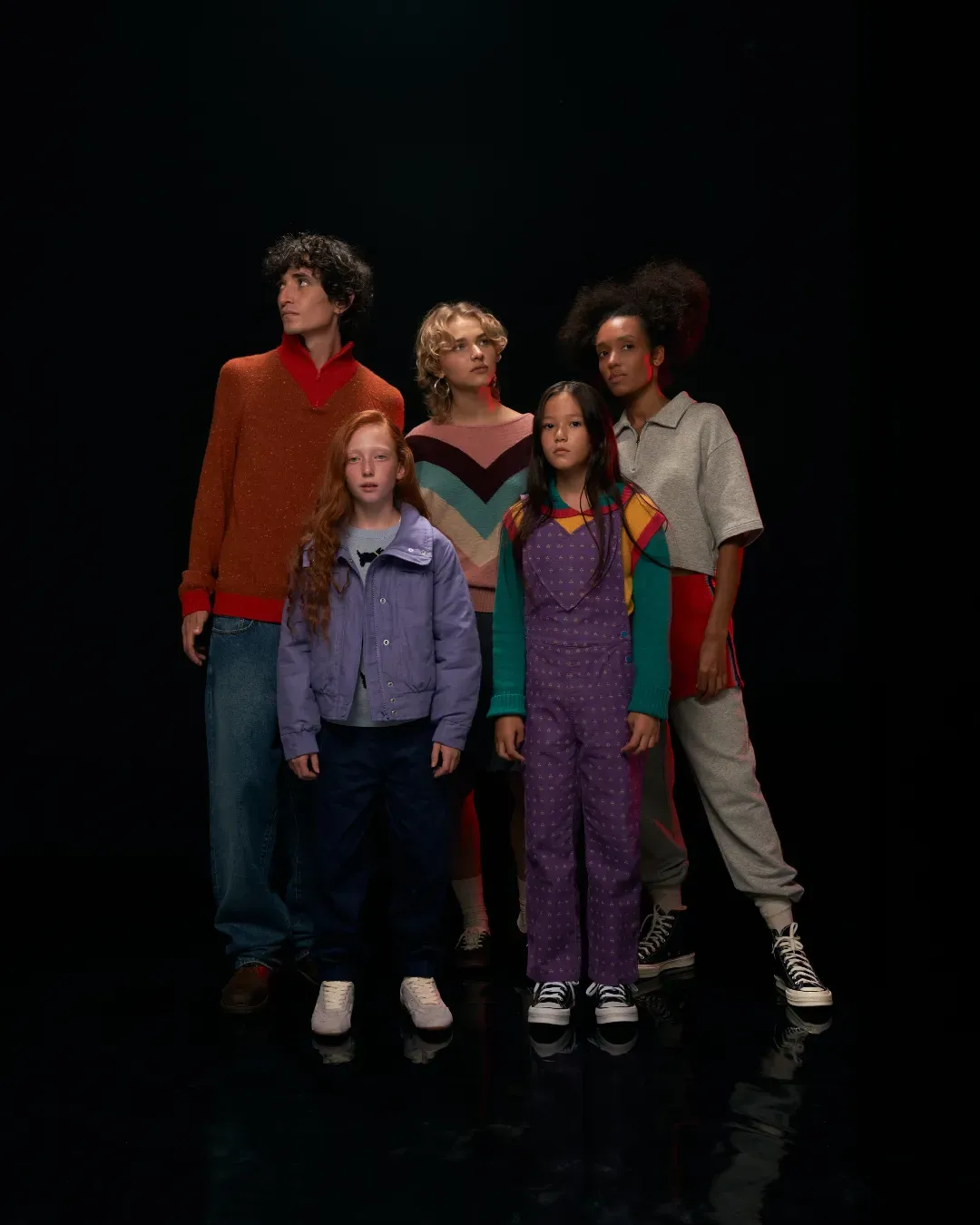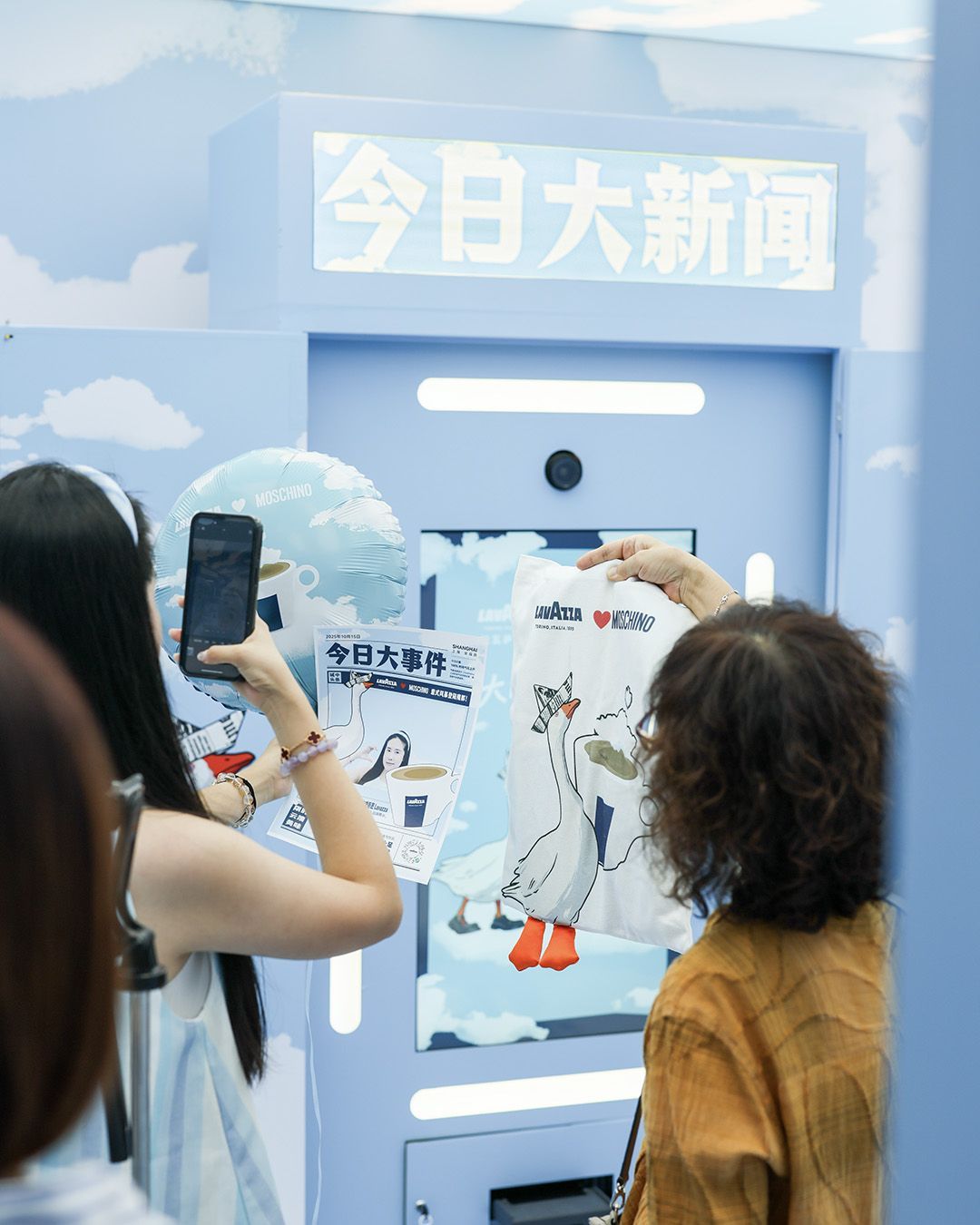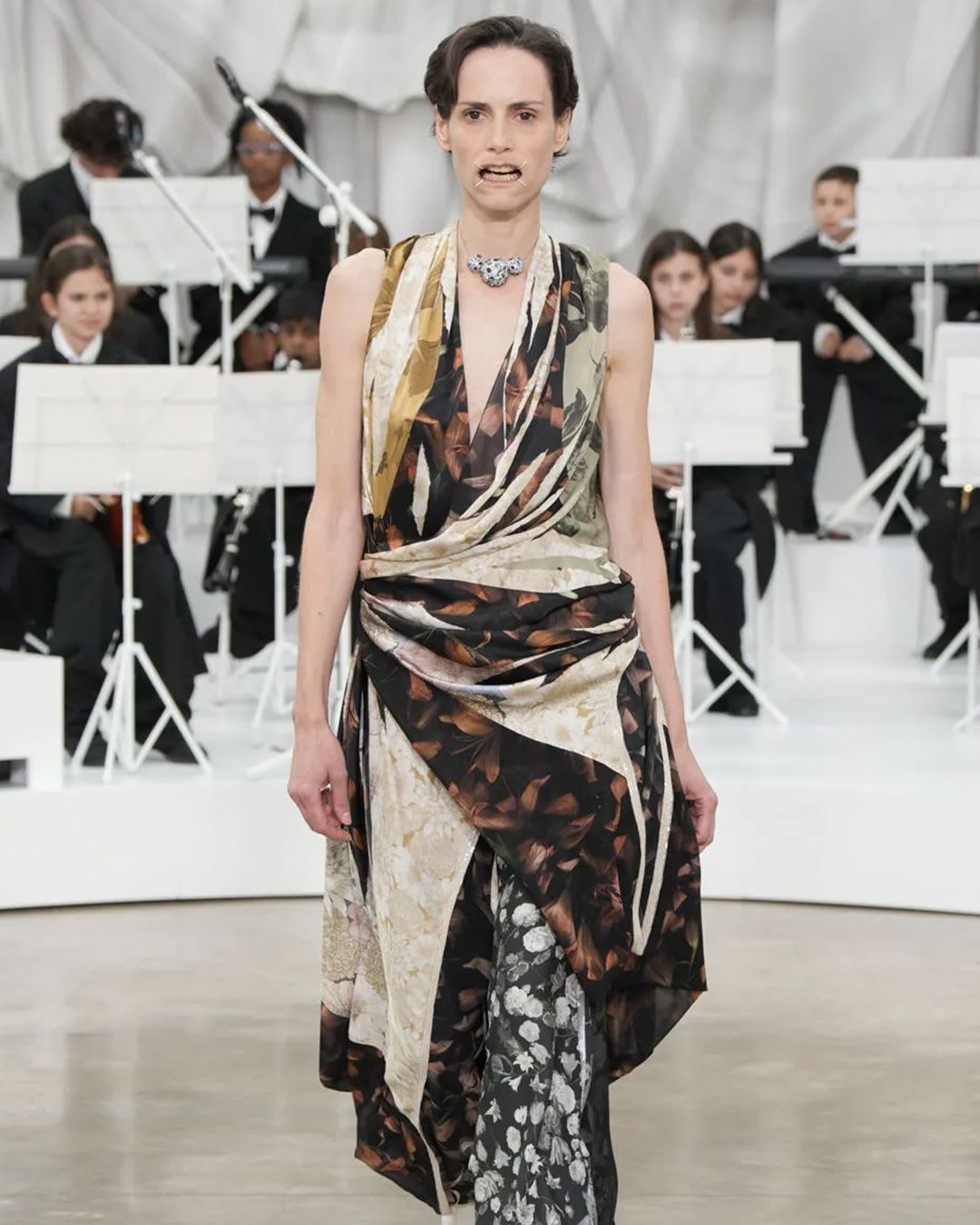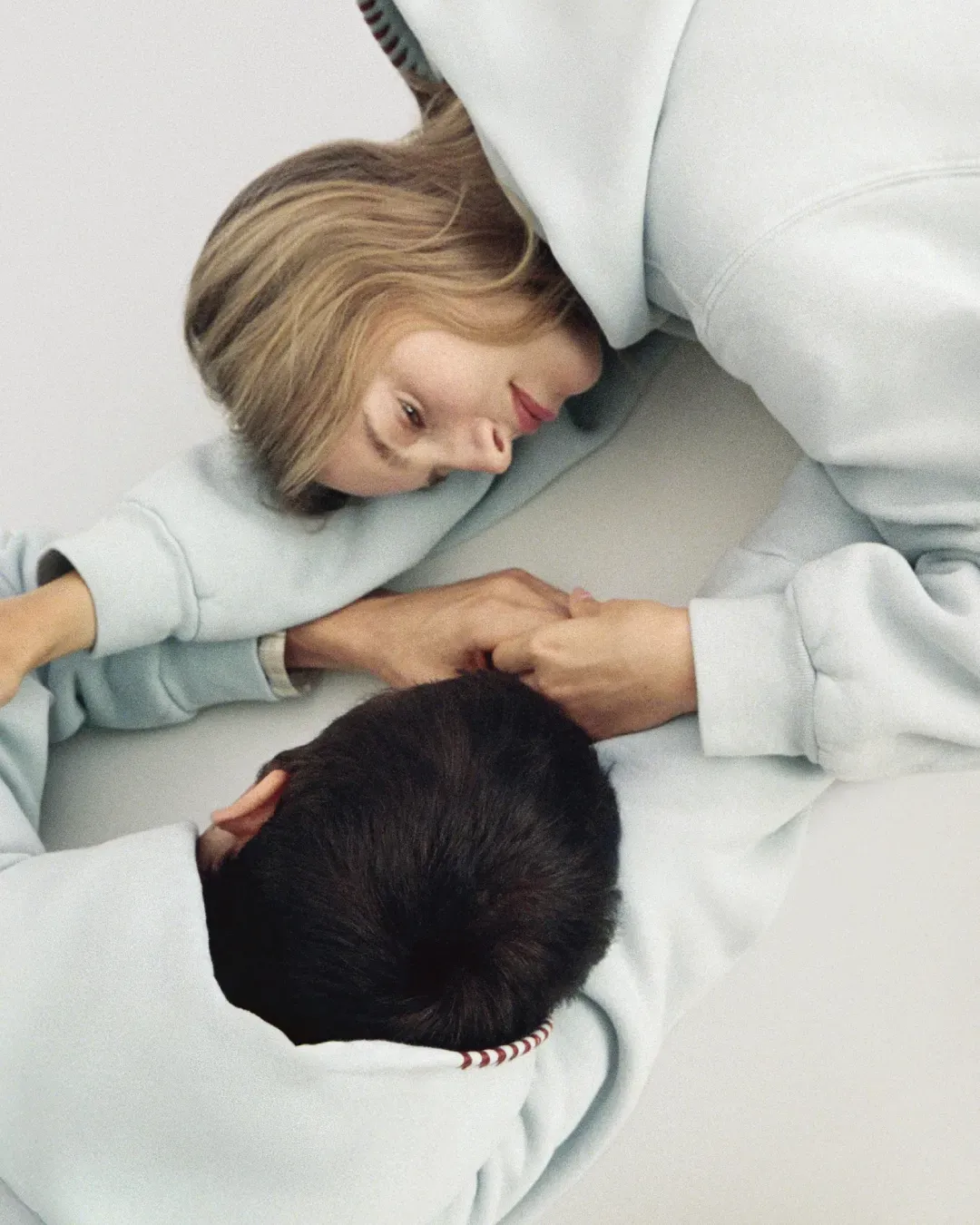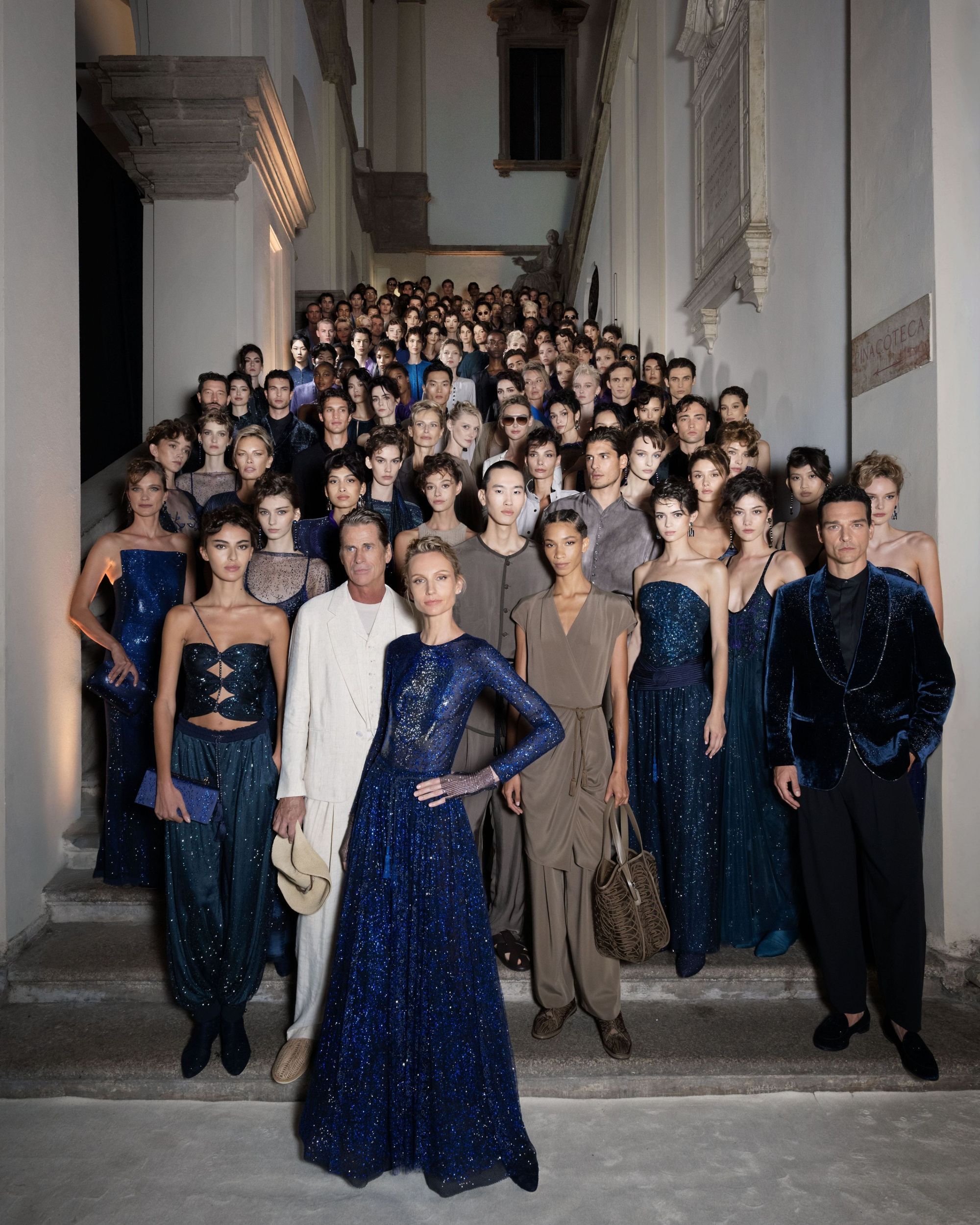
The worst of Milan Fashion Week SS20 5 shows that didn't convince us
In the latest edition of the Milan Fashion Week, some shows managed to move us, thanks to convincing collections or surprises, like the entrance of J-Lo on the Versace runway, wearing only the Jungle dress first debuted during the 2000 Grammys.
Also this year, however, there have been joys, of which we have spoken here, and sorrows. Some names on the Milanese schedule did not convince us, some long-awaited new entries failed, other big names crashed once again, confirming a not-so-lucky year for some of the pillars of Italian fashion.
So we chose the 5 flops of Milan Fashion Week Women's SS20.
Dolce & Gabbana
It was not a great year for Stefano Dolce and Domenico Gabbana, 9 months ago we reported on the embarrassing story that involved the brand before a fashion show in Shanghai, and from that moment the appeal of one of the big names in Italian fashion seems to be at an all-time low.
D&G disappointed during the last FW amid difficulties in proposing new ideas, merely repeating the Mediterranean concept with different nuances.
The looks that walked on the catwalk were nothing more than a feminine adaptation of the June men's fashion show, mostly confused, with a reminiscent repetition of floral motifs mixed with the classic black sheath dresses of the brand.
Dolce & Gabbana's Sicilian Jungle seemed more like a carnival parade, in which zebra-striped and leopard-colored animal prints didn't catch the eye.
Frankie Morello
There is still too much Damir Doma in this Frankie Morello, which we don't know yet where it's headed, and we should give it more time.
The new Creative Director of the brand founded in 1999 in Milan has brought much of his style to the catwalk, mixing and trying to put together as many ideas as possible, and as often happens, the result is a confusing picture. There are fabrics with floral patterns, ironic tailoring with asymmetries, tie-dye, all kinds of footwear and make-up that do not follow a recognizable thread.
Frankie Morello enters our flop list by right, if only for the looks with the towel on head, so realistic that it looks completely out of place.
Marni
It will be the nostalgia of Castiglioni's style, of those clean lines, of the minimalism filled with meaning from the color, but after 3 years Francesco Risso does not seem to have fully convinced us yet. A thought that travels against the current compared to the good words spent in favor of Risso, who was able to interpret the theme of sustainability, one of MFW's trend topics.
The concept of metamorphosis, the (once again) concept of the jungle, the ready-made with commonly used objects give the idea of a laboratory, in which nothing is finished yet.
It may be that his work still seems to be that of an eccentric and artistic young man, but Marni collection does not seem to belong to a real fashion, commercial except for its artistic value and experimentation.
Moschino
Knowing Jeremy Scott does not mean having to accept every kind of freak that he brings to the catwalk. The collection that was shown at the Palazzo del Ghiaccio is a tribute to Cubism and the works of Pablo Picasso, divided into 4 moments: Spain, the woman, and the deconstructed faces, the music and the frames.
We saw very elegant dresses, as well as too excessive scaffolding, like the dress worn by Kaia Gerber inspired by the painting by Picasso Violín y Uvas. Scott took the theme of collage from Cubism without narrative purpose but perhaps we expected to see something more than an exercise in style.
United Colors of Benetton
Streetwear is not always safe ground, especially if you risk reproducing ideas already widely popular reiterating the same codes, colors, and details. The sailors of Jean-Charles de Castelbajac limit themselves first to superficially repeating the symbols of the "marine" theme, with the classic triumph of colors that seems to bring to the show a collection not new but merely updated. The arrival of the Frenchman was to bring back the confidence of a younger and more varied audience, but the distance of language seems not to have been filled. Colors are not enough and a more bizarre approach to bringing together the new streetwear audience, Toscani's photographs on T-shirts and trousers belong to another era of fashion, difficult to read by new consumers.










































